81 Things You Should Never Buy
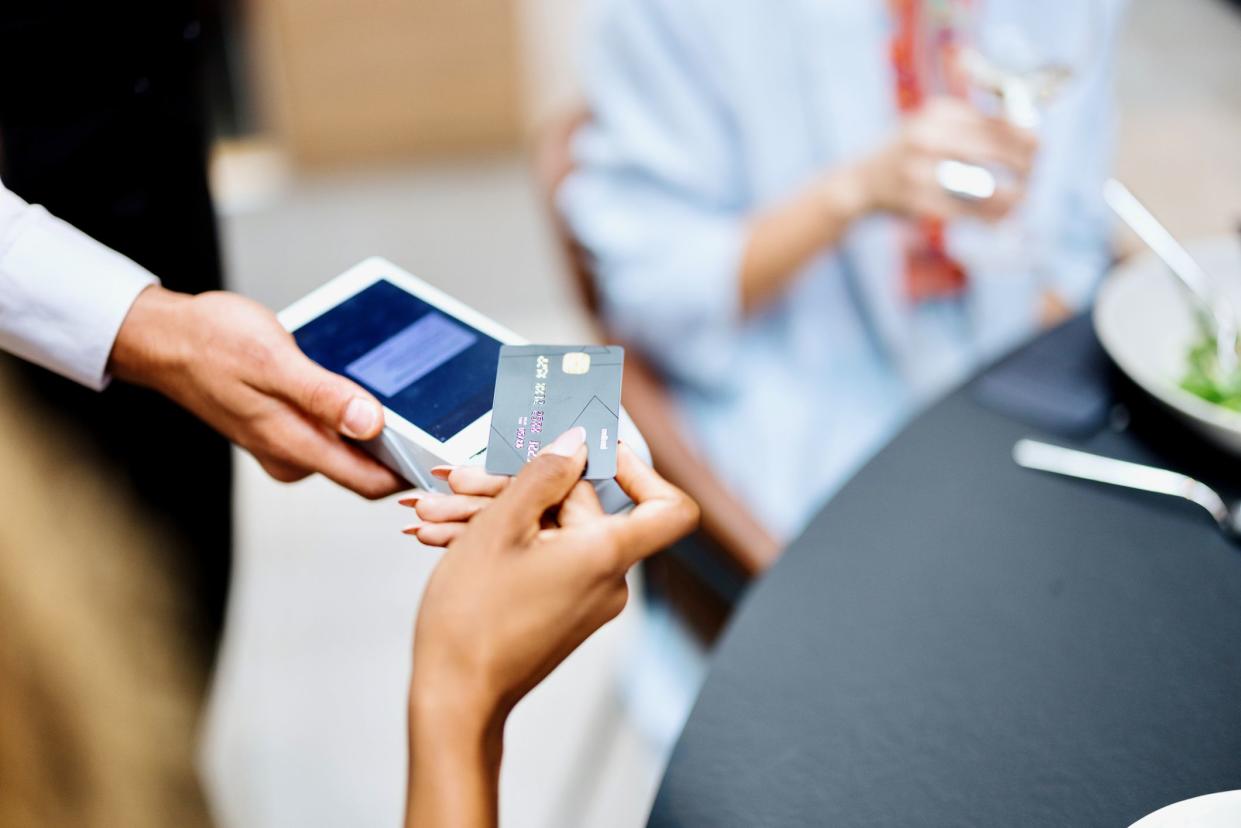
Just Say No
Useless purchases come in many forms. There's stuff that's used only a few times before being consigned to the basement or attic, stuff that's pricey to buy but could be rented instead, stuff that's outdated or soon to be obsolete, and stuff that you just don't need to begin with. With the economy currently in uncharted territory, frugality is the order of the day. So if you're looking to save money, here are 81 things to avoid buying now — or ever again.
Editor's Note: This story was updated in March 2024. Gina Martinez also contributed to this story.
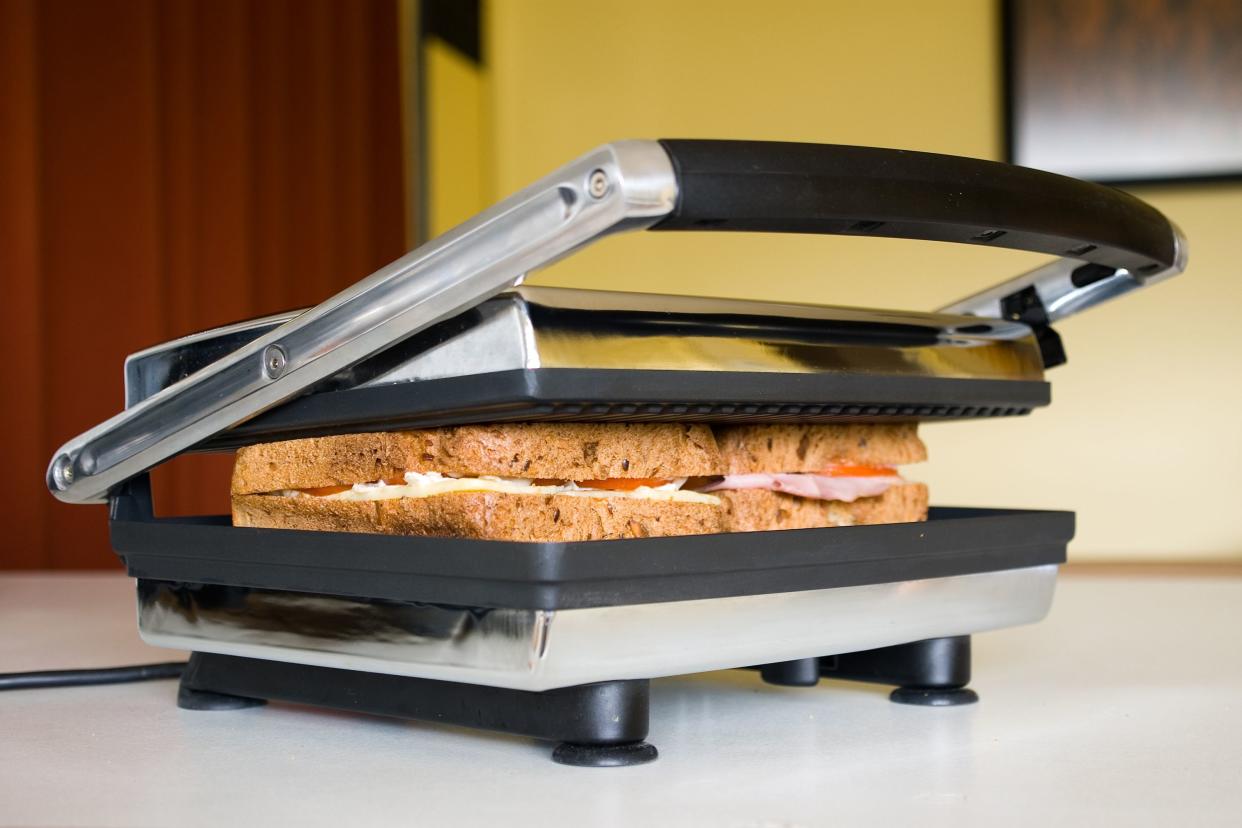
1. Sandwich Press
Small kitchen appliances that perform only one task are money wasters for many consumers. Designated gadgets for making quesadillas, paninis, heroes/subs, grilled cheese, and breakfast sandwiches accomplish nothing that ordinary kitchen appliances cannot. They also create annoying cleanup and take up kitchen space — that is, until they're relegated to storage or a garage sale.

2. Formalwear
Dressing up can be fun, but rarely do most people find themselves in need of expensive black-tie formalwear. Renting party clothes saves money and allows for variety. Tuxedo rental has been in vogue for years; Men's Wearhouse offers reliable and affordable deals, and wedding websites such as The Knot run promotions for online and local outlets. Dress renting has come onto the scene more recently. Rent the Runway loans out designer dresses, usually for about four days, for as little as 5% of the retail cost.
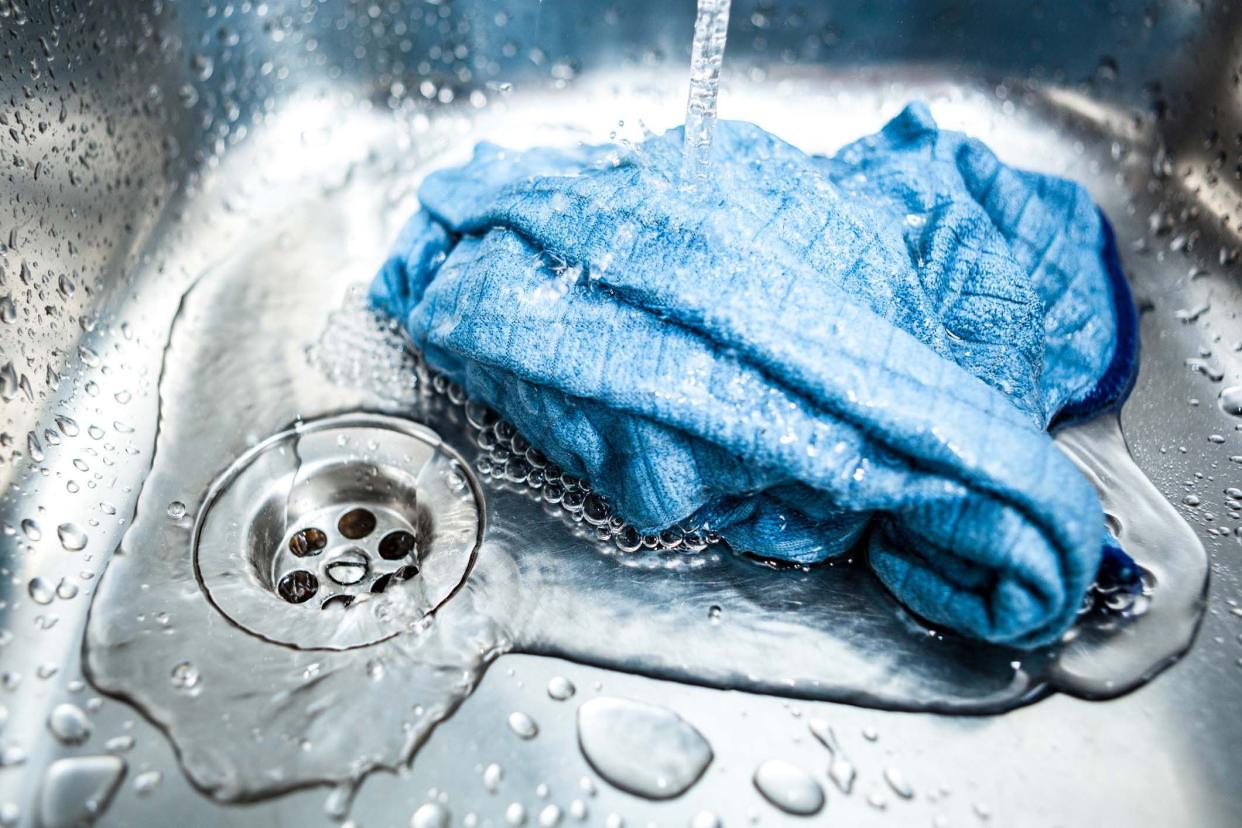
3. Rags
While rags are inexpensive, unless you are running a commercial kitchen, there is no need to spend money on them. Instead, cut up old T-shirts, stained cloth napkins, or other textiles headed for the garbage bin to use as rags.
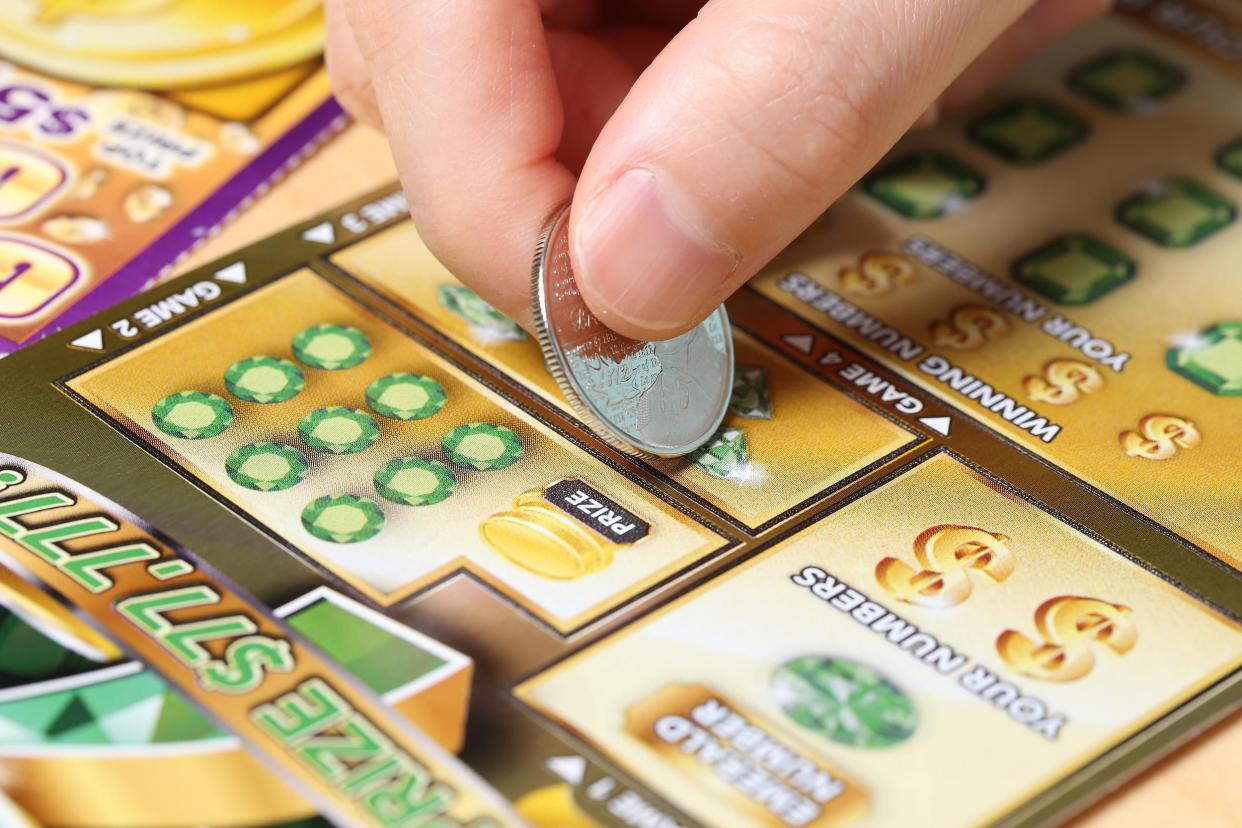
4. Lottery Tickets
Most people acknowledge that playing the lottery wastes money, but the thought of "why not me?" still lingers. The North American Association of State and Provincial Lotteries reports that Americans spend more than $91 billion a year on lotto tickets. The odds of winning: A frequently cited statistic is somewhere around 1 in 175 million. Bay News in St. Petersburg, Florida, points out that people are more likely to give birth to conjoined twins, be attacked by a shark, get crushed under a vending machine, or become president than to win the lottery.
Related: Why You Should Never Play the Lottery
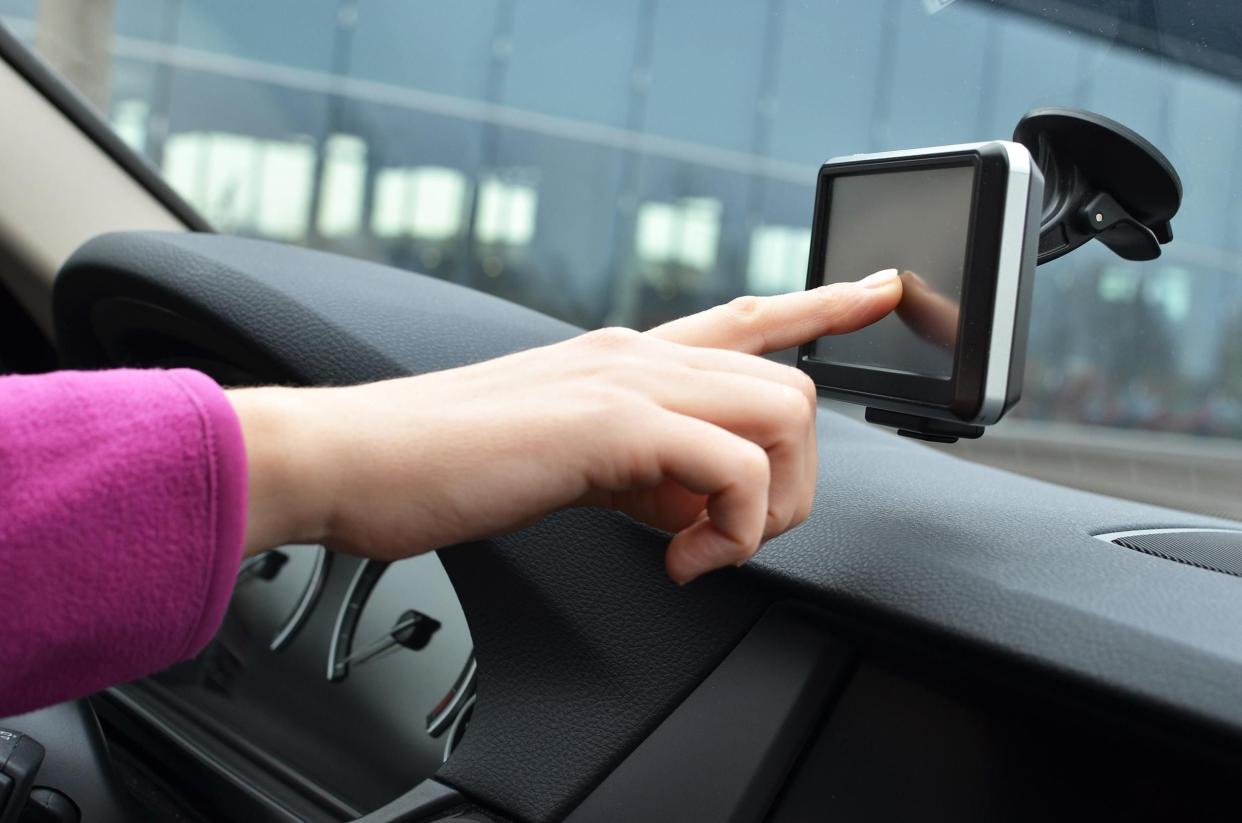
5. GPS
Except in the hands of intense wilderness buffs who regularly roam rugged areas lacking cellphone service, a stand-alone GPS device won't get much use. Dedicated GPS navigators can cost $100 or more, whereas many people already own smartphones with GPS tracking. Apps that beef up the phone's GPS capability cost less than $10 and most new cars come with built-in GPS navigation on the dashboard.
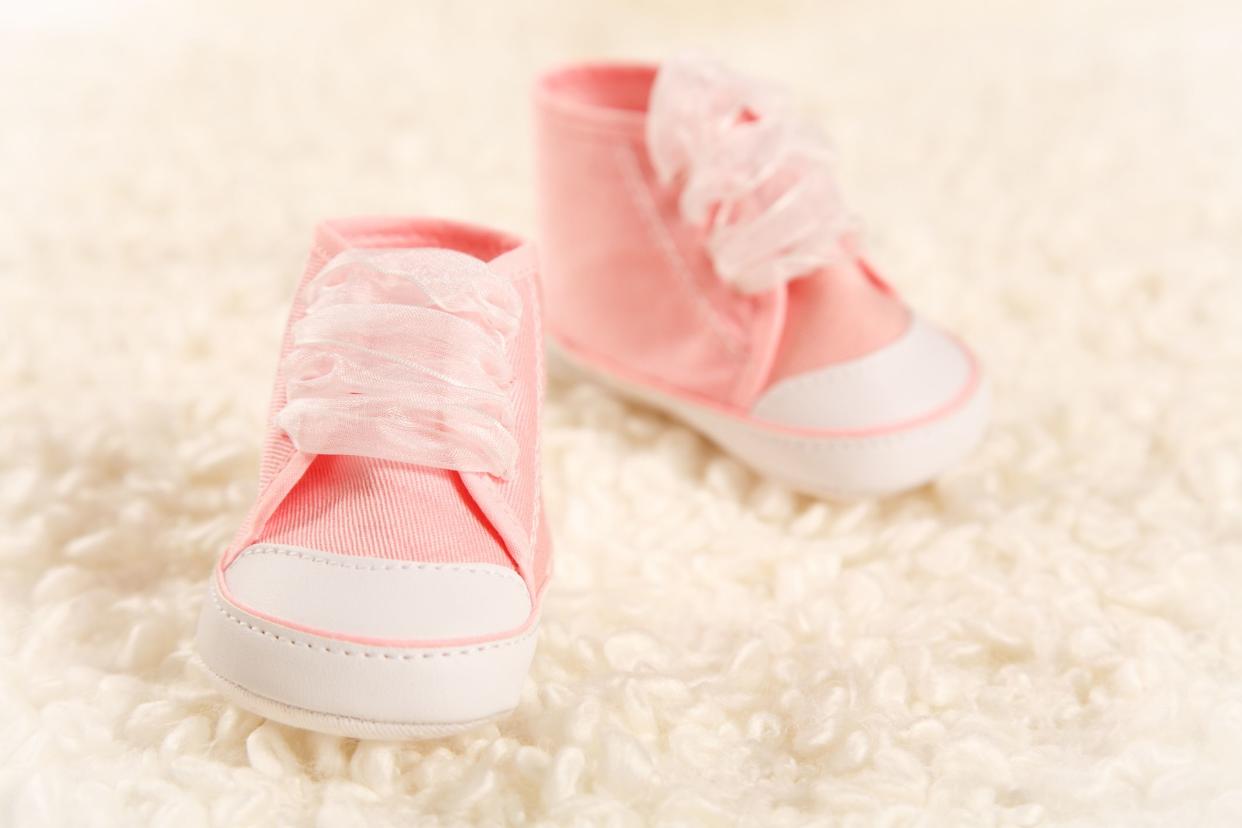
6. Baby Shoes
Face it: Babies don't need shoes. Moreover, children probably won't tolerate wearing them, so they'll be kicked off and lost. Infant booties and shoes are cute but senseless expenditures, so don't open your wallet.
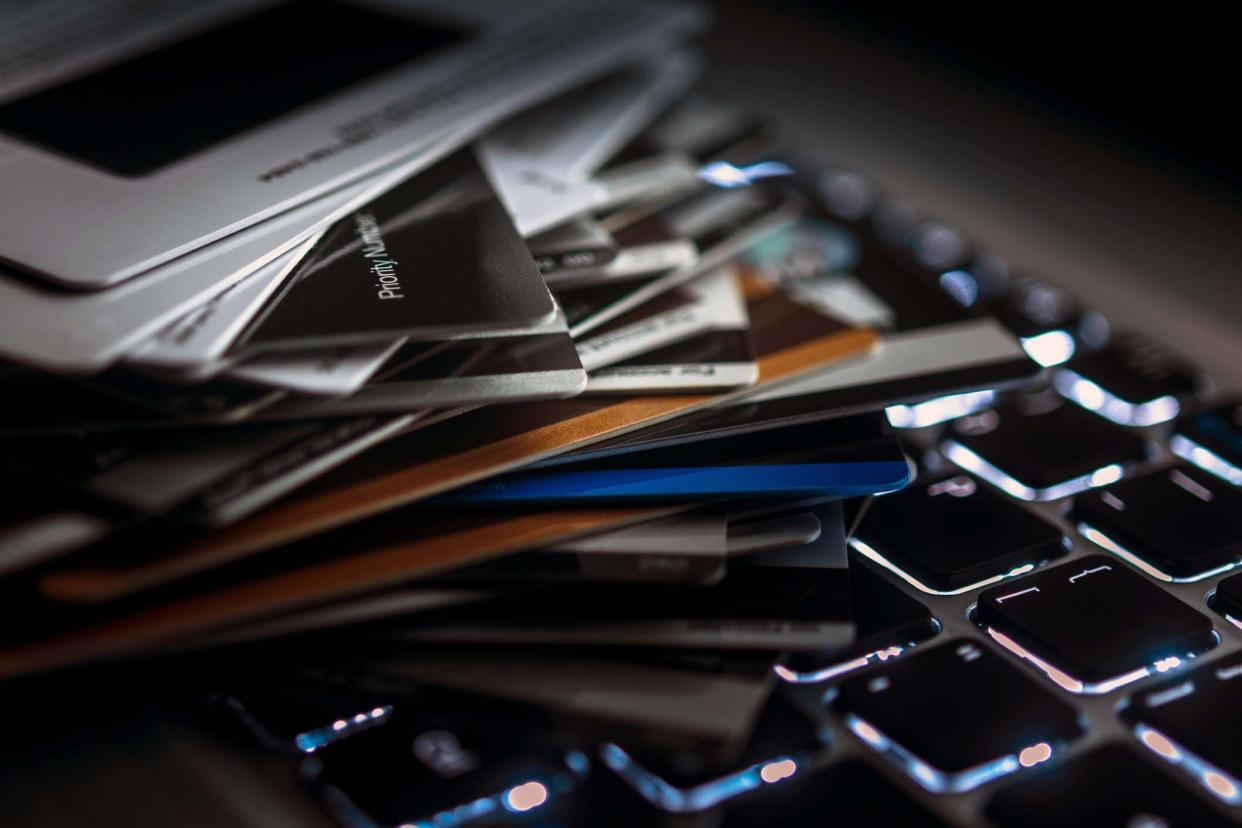
7. Identity Theft Insurance
There's no doubt that credit card fraud and identity theft represent scary, increasingly prevalent problems, but paying $100 or so a year for credit monitoring and fraud insurance doesn't necessarily provide useful protection. Most banks and credit card companies monitor and safeguard their clients — for no additional fee — by issuing alerts and account freezes when they detect suspicious activity, and they almost always waive responsibility for fraudulent charges.
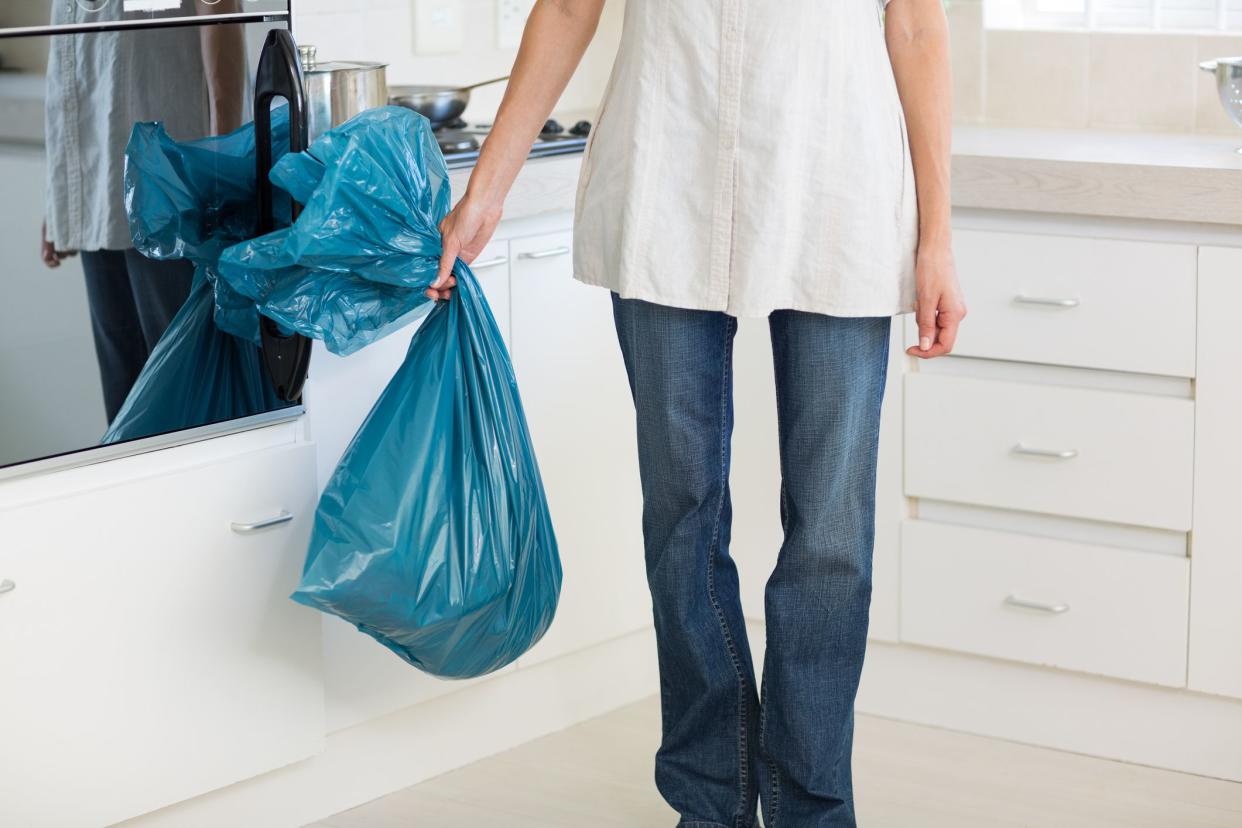
8. Scented Trash Bags
Scented trash bags can be almost double the cost of non-scented. Rather than paying extra to make trash smell good, use a smaller trash can and bags and take out the trash more often. Or put garbage that's likely to stink in small plastic shopping bags and throw them out immediately.

9. Landline
Some might disagree, but in 2020, living on a budget means dropping the landline. Most cellphone plans already carve a big hole in monthly budgets, and a landline's utility is waning. Emergency-related concerns about cellphones (i.e., 911 dispatch might not locate mobile calls) have fallen by the wayside due to Enhanced 911 on most mobile devices. Except for folks who live in places with very spotty cell service, landlines need to go.
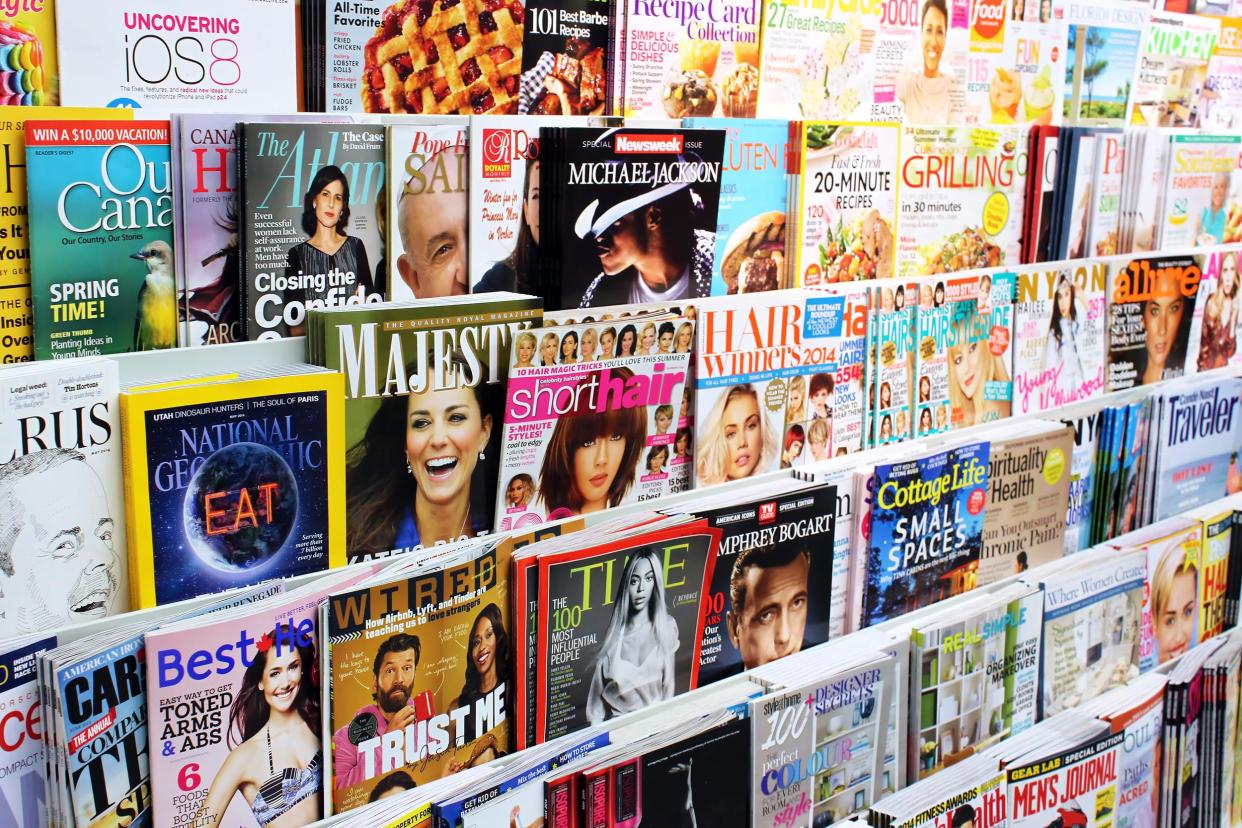
10. Individual Magazines
Magazines are located by registers for a reason — the covers lure impulse buying. But think about it: As they stack up on the coffee table, the cost mounts quickly. If you read and enjoy magazines, opt for a subscription, which likely costs about $20 for 12 issues, rather than $4 or $5 just to page through one issue. (And libraries let you read them for free.)
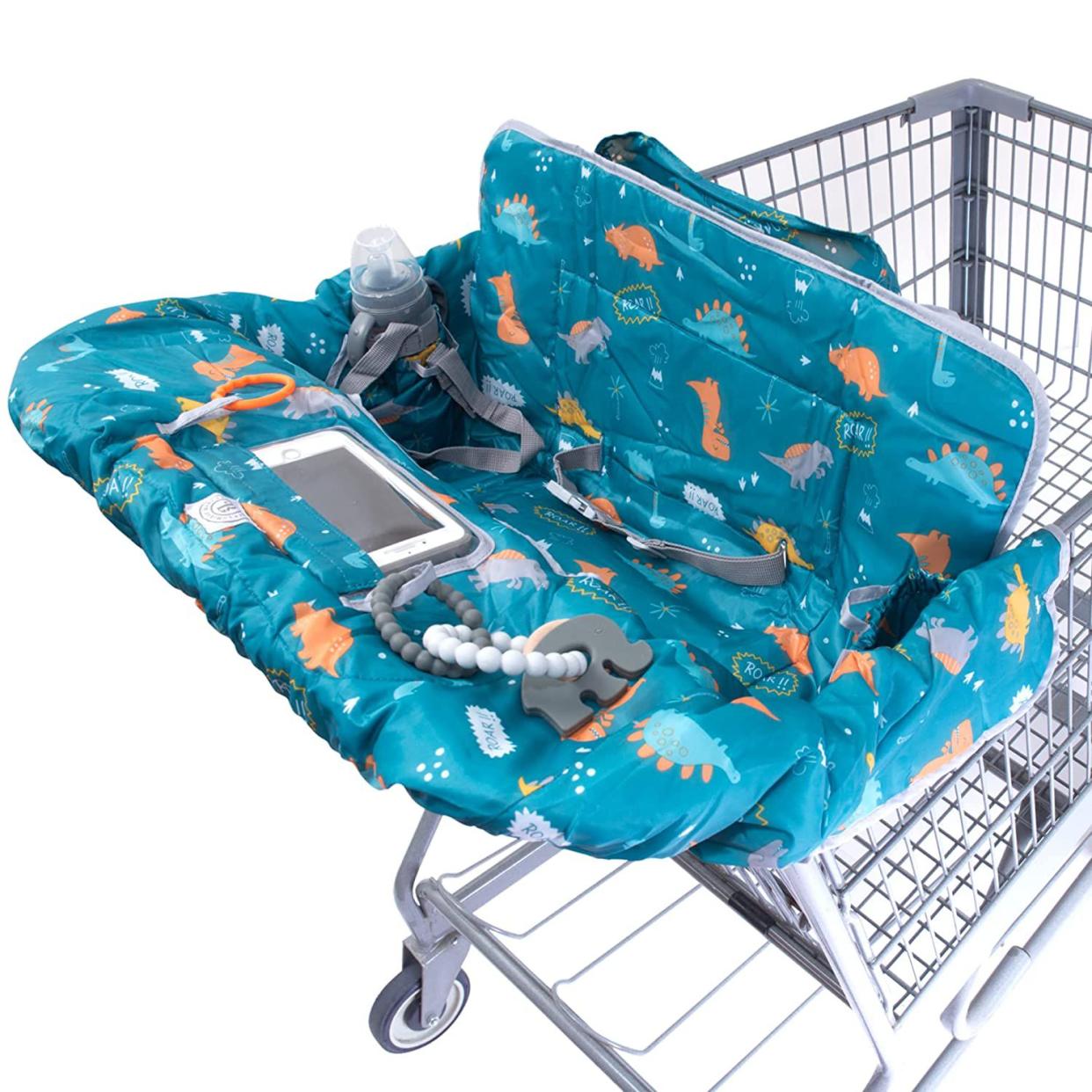
11. Shopping Cart Cover
Swiping a disinfecting wipe over a shopping cart child seat is as effective as plopping a baby into a fabric cover, according to Consumer Reports. Moreover, the cover itself can hold germs and is probably more difficult (and certainly more of a hassle) to disinfect than the metal cart. Many online reports by caregivers suggest that seat covers are more trouble than they're worth.
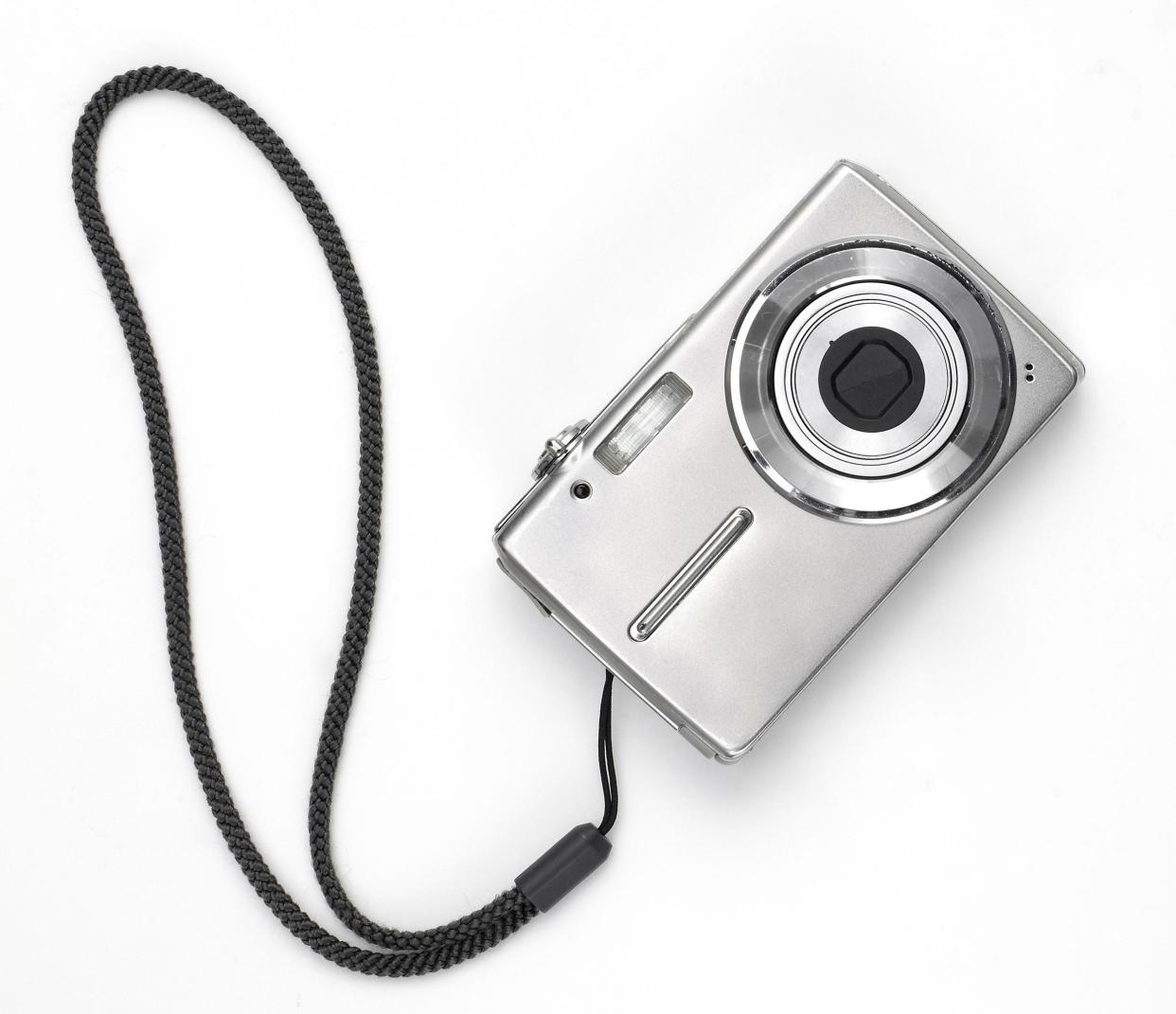
12. Digital Camera
Anyone with a smartphone probably has no need for a digital camera. The latest smartphones have powerful cameras with plenty of megapixels, large storage capacities, and a bunch of special features for taking photos and recording video, essentially replacing point-and-shoots.
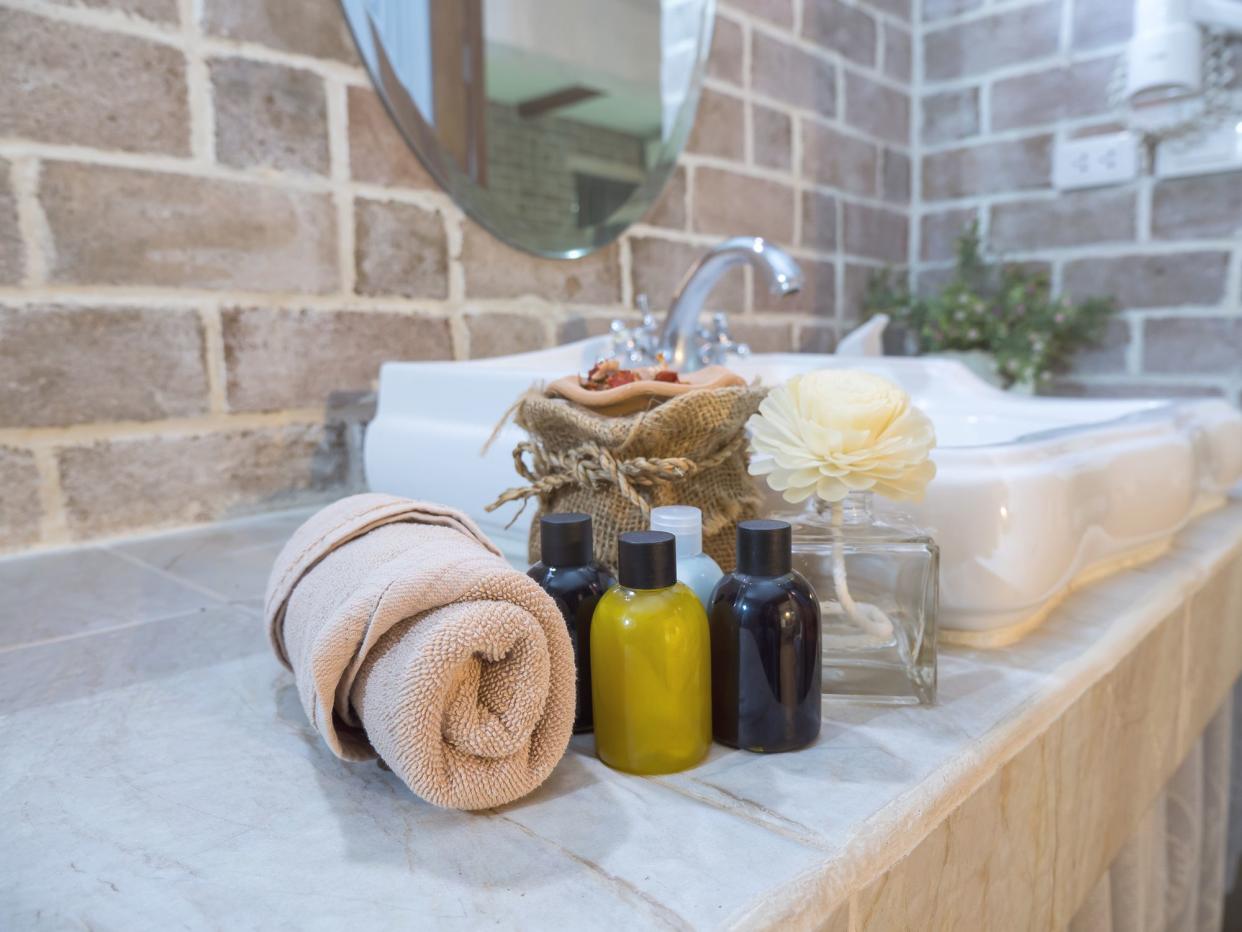
13. Fancy Bath Products
When in need of a pick-me-up or an impersonal yet suitable gift, why not buy a shower gel, cream, spray, or balm in an appealing scent? Well, first of all, these items tend to accumulate at a rapid clip, soaking up shelf space, if nothing else. Some seem virtually bottomless and may be invaded by bacteria or expire long before they can be used up. The scents are often overwhelming and off-putting to all but the hardiest of noses.

14. New Car
The value of a new car depreciates so rapidly, buyers essentially lose money immediately after a purchase no matter what. Look for used cars that have been on the market for a year or more. They're priced much lower, and more is known about their safety, low maintenance, and reliability.
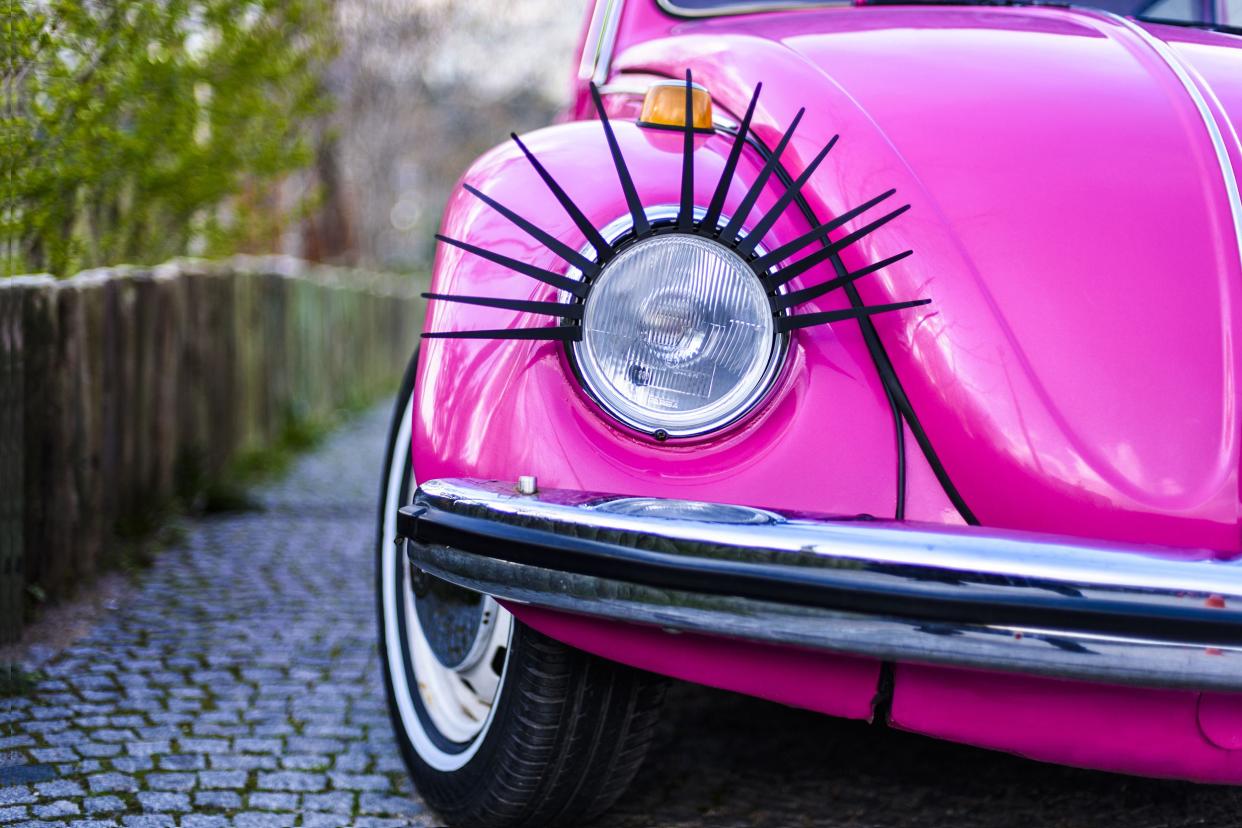
15. Headlight Eyelashes and Other Car Decorations
There's an entire corner of the auto accessory industry built around the realization that the front of a car looks like a face. People who never quite get beyond that realization seem to do mainly two things with that information: Buy tickets to every movie in Pixar's "Cars" franchise and put "carlashes" on their vehicle.
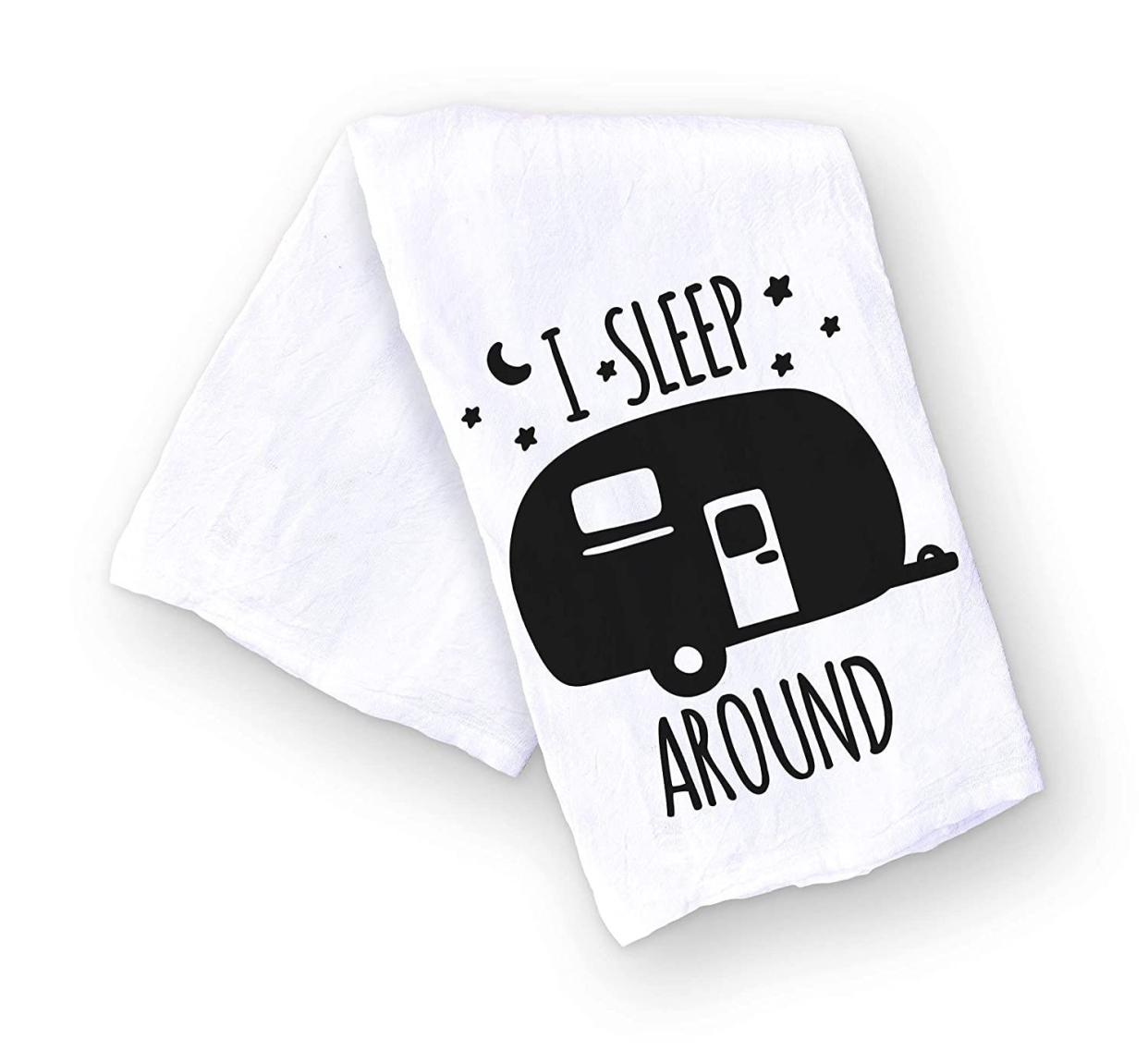
16. RV Towels and Similar Gear
We know. RVers love all manner of RV stuff, and RV towels are cute, they're on theme, and they're $9. So why are RV towels worthless? Well, dish towels in general don't tend to be the most absorbent, rendering them little other than décor in RVs. Microfiber towels are $11 for 12 at Walmart and may not have cute little trailers or sayings on them, but will clean a lot with little effort.
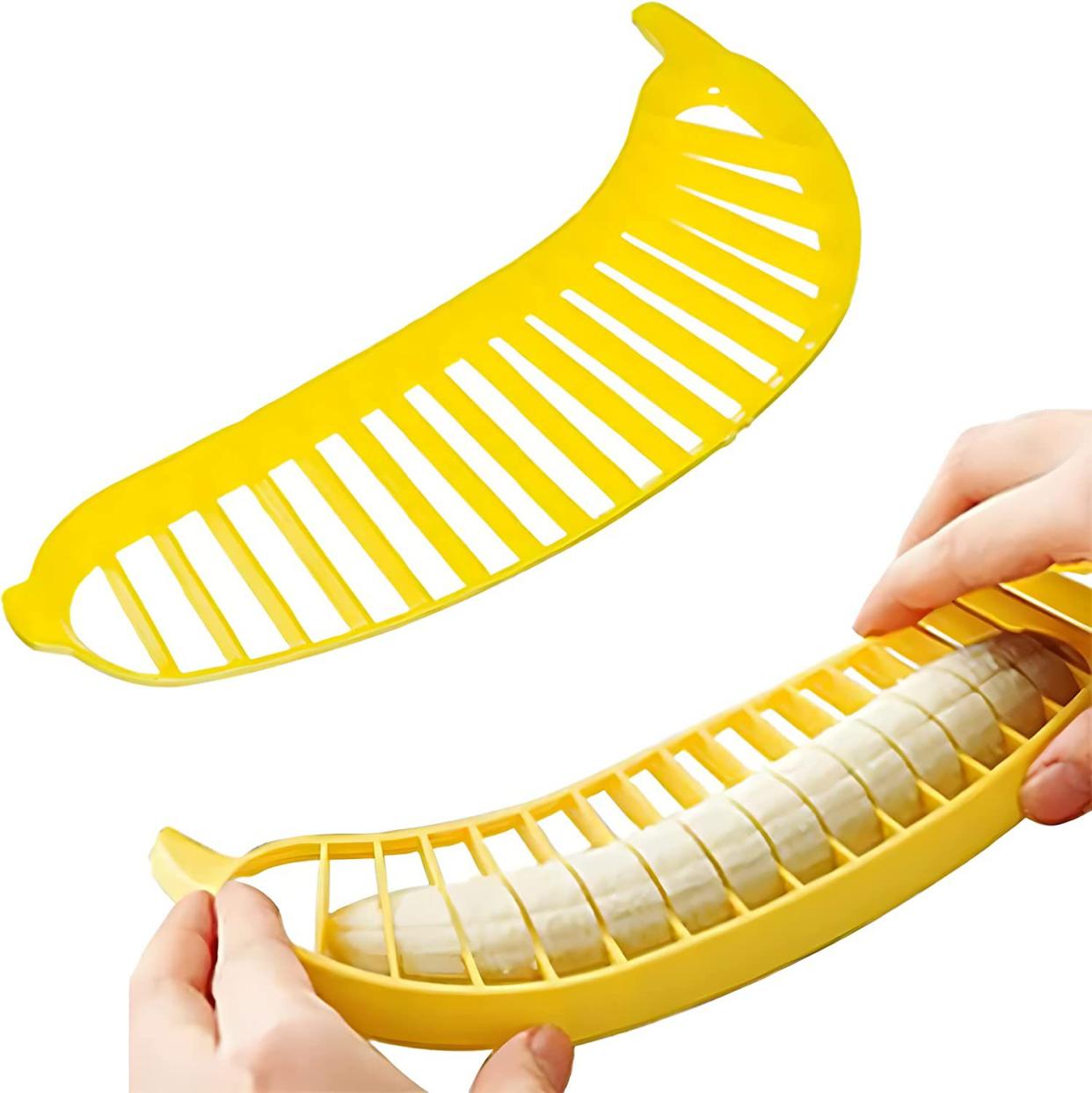
17. Specialty Food-Prep Tools
Single-use kitchen devices run the gamut from "sounds helpful" to "really?" Overall, it's wise simply to skip designated garlic peelers, melon wedgers, banana slicers, asparagus peelers, peach pitters, avocado cutters, and onion dicers. Regular old knives and forks should take care of fruit and vegetable prep tasks.
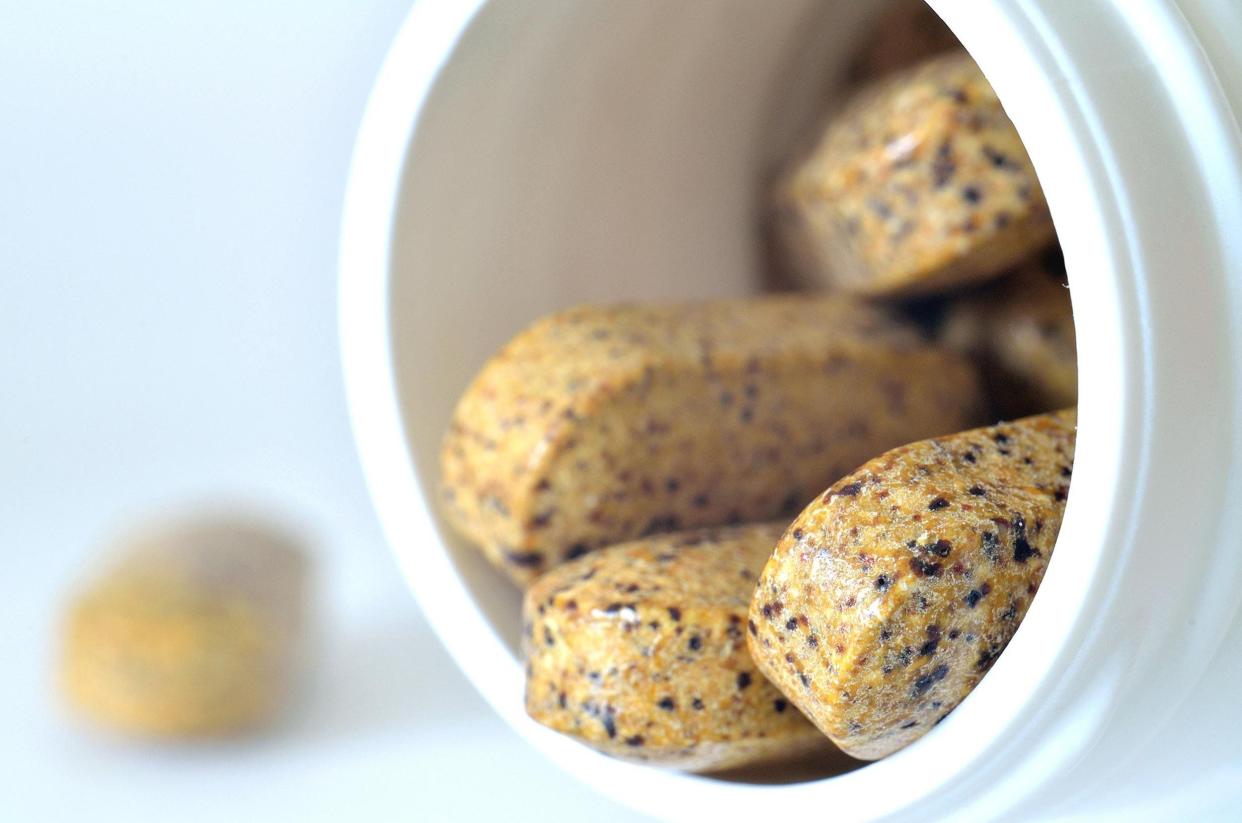
18. Multivitamins
Though it can feel virtuous to pop a multivitamin every morning with breakfast, study after study suggests they're a waste of money for most people. According to the National Institutes of Health, Americans spend $5.7 billion on multivitamin/mineral supplements annually and are better off getting their nutrients from food.
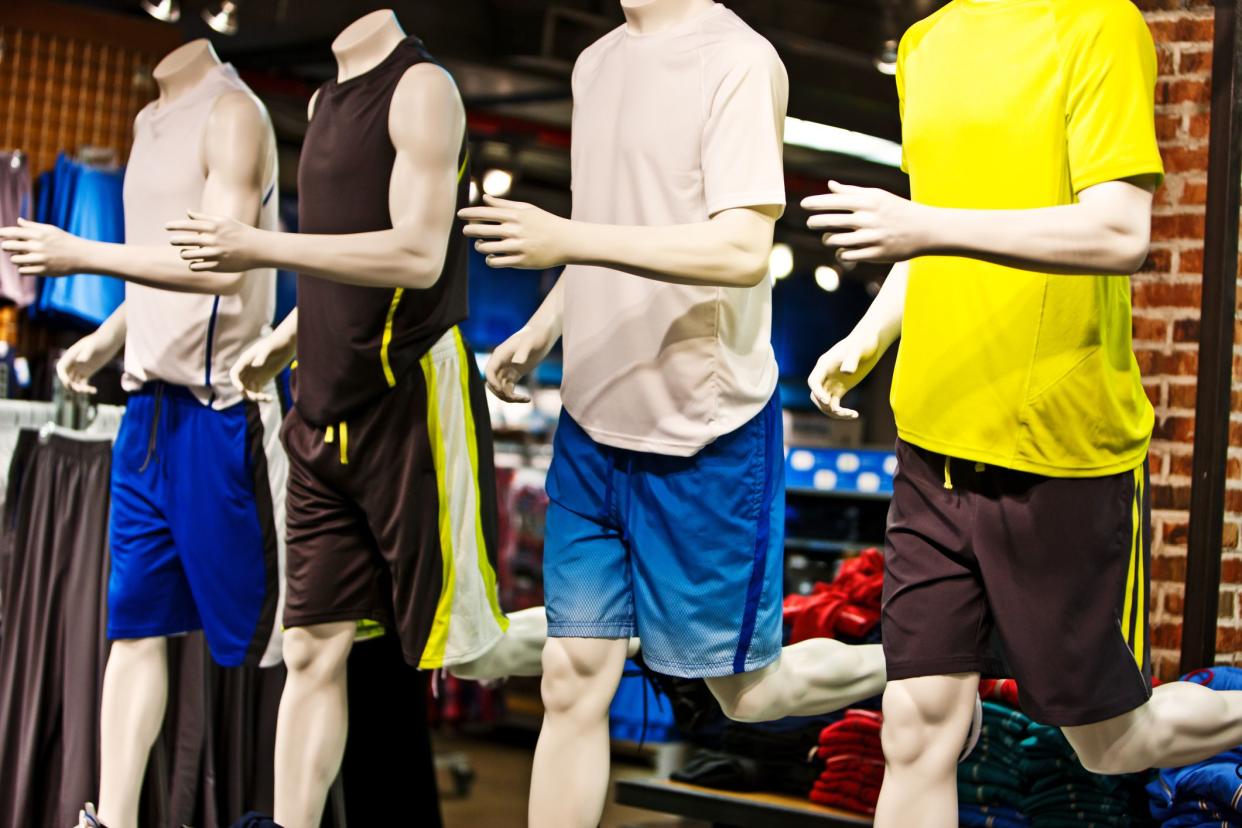
19. Exercise Clothing
Burnout and indifferent commitment are classic reasons why clothing specifically designed for yoga, weightlifting, and CrossFit often remains in the drawer after a short while. Or, consider that these duds may be nothing more than an overpriced fashion statement. Work out in old shirts, shorts, and pants — they'll just get sweaty, anyway.

20. Bottled Water
Bottled water is a multibillion-dollar industry, even as water flows right from the tap. Environmental groups assert that bottled water production wastes fossil fuels in egregious amounts and the result is no safer than tap water, which is regulated by the federal Safe Drinking Water Act. A far more economical choice is filtering tap water and drinking out of a reusable bottle. Water filtration systems start at less than $40.

21. In-App Purchases
What's more irritating than downloading a free app only to be prompted to pay for more than basic use? Don't waste money on these in-app up-sells, which most often appear in games. Soon you'll tire of "Candy Crush Saga" or "Clash of Clans," and that lollipop hammer or pile of gems will be useless. There's no need to take developers' bait. The vast majority of apps are free, and there are similar, no-cost alternatives to those with price tags.
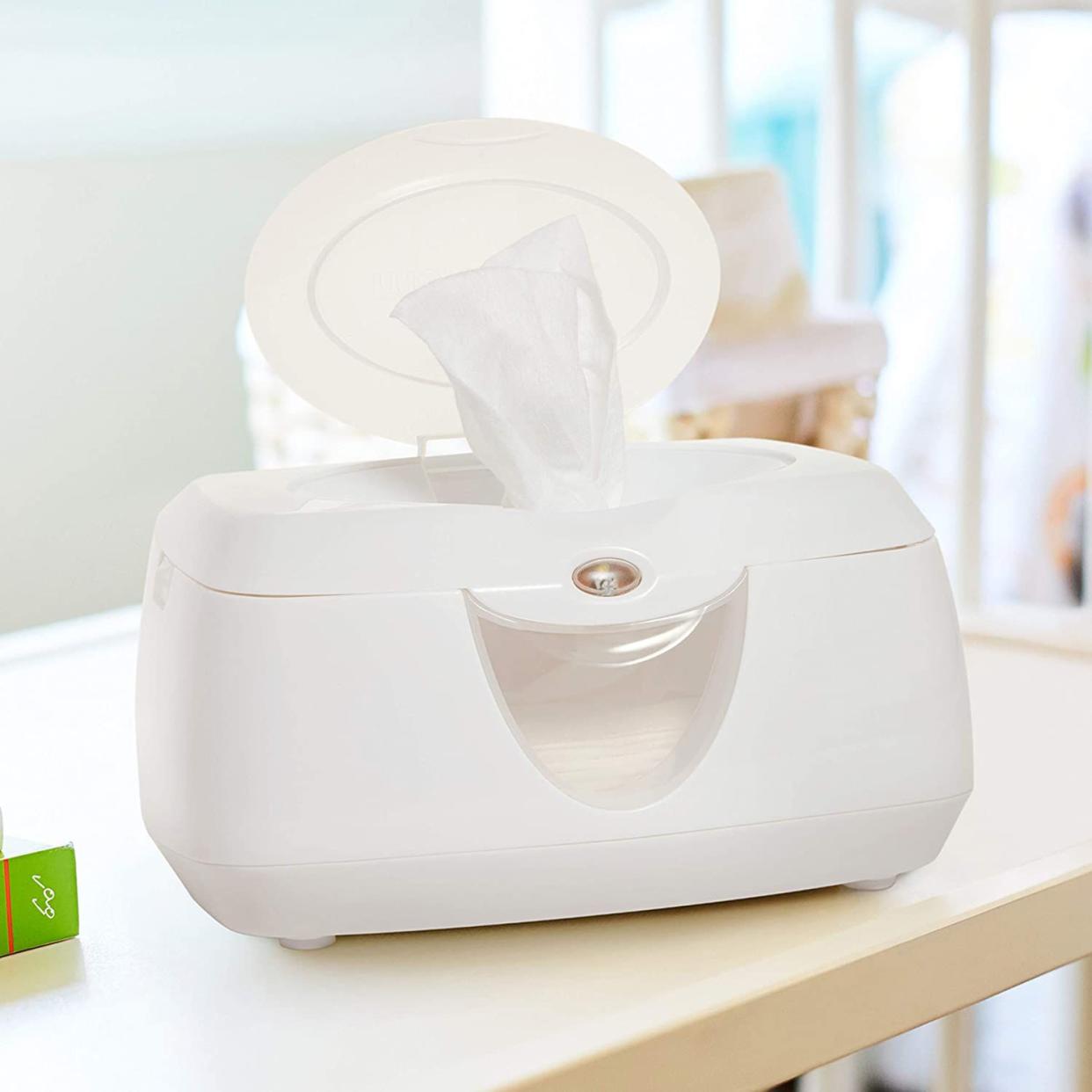
22. Baby Wipe Warmer
Manufacturers love to prey on parents — particularly first-time parents — with items that may seem essential for infants but are completely unnecessary. Wipe warmers, which run $20 to $35 and do exactly what the name suggests, might be the worst offender. A She Knows parenting blogger compiled a tongue-in-cheek list of 12 reasons a baby really, really doesn't need warm wipes.

23. Extended Warranties
Most of the time, extended warranties (and some other types of insurance) just aren't worth it. Manufacturer warranties required by state governments or existing insurance policies often cover damage. Products often break after the extension period and, even if not, repairs might cost less than the warranty. Consumer Reports has issued a blanket recommendation against extended warranties.
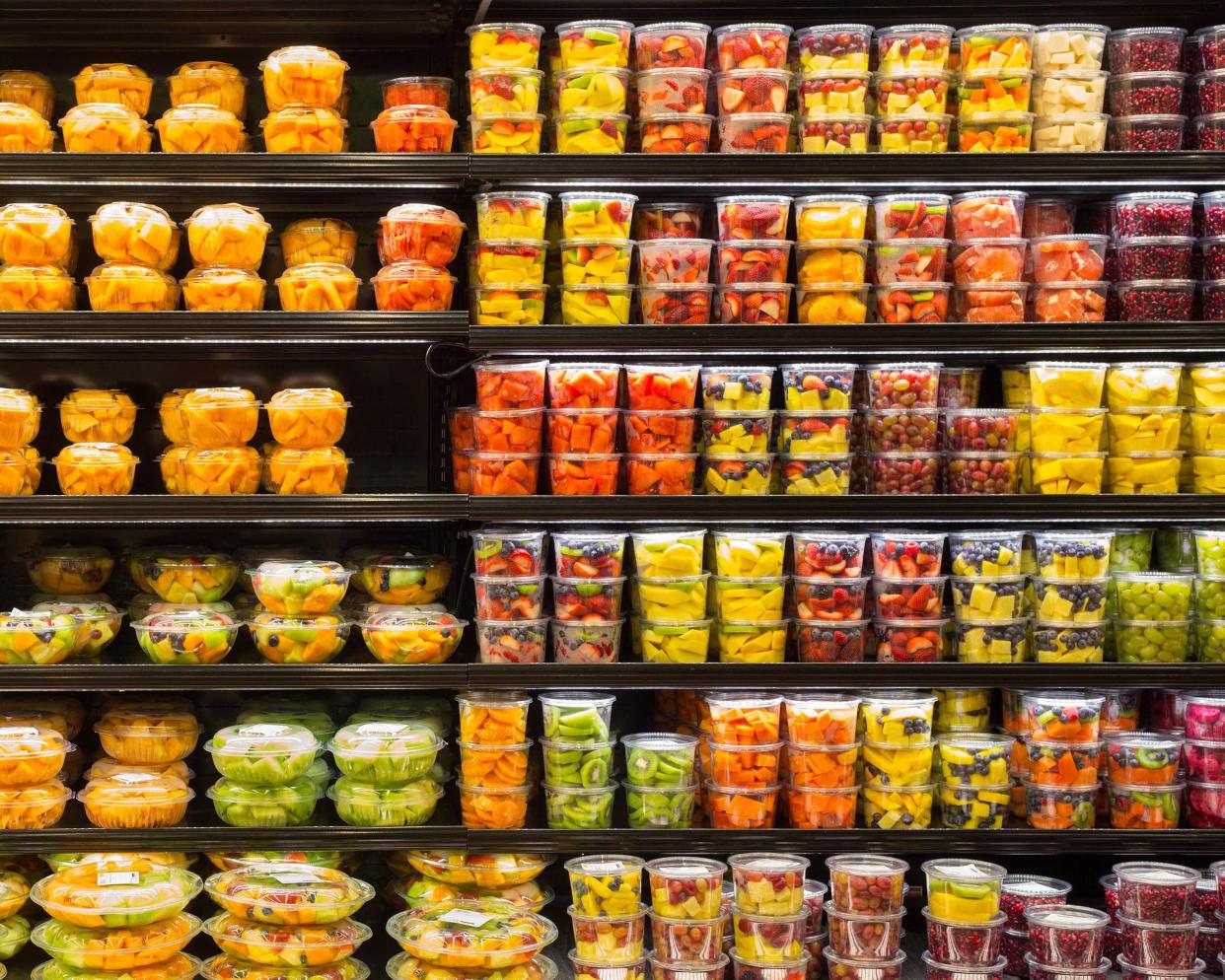
24. Pre-Portioned Produce
Pre-cut fruits and vegetables not only waste packaging and may squander nutrients, but ShopSmart magazine found that the outrageous price markups can top 350%. So-called convenience foods like these should be the first thing axed from budget-conscious shopping lists. Just buy produce in its natural state and wash and cut at home.
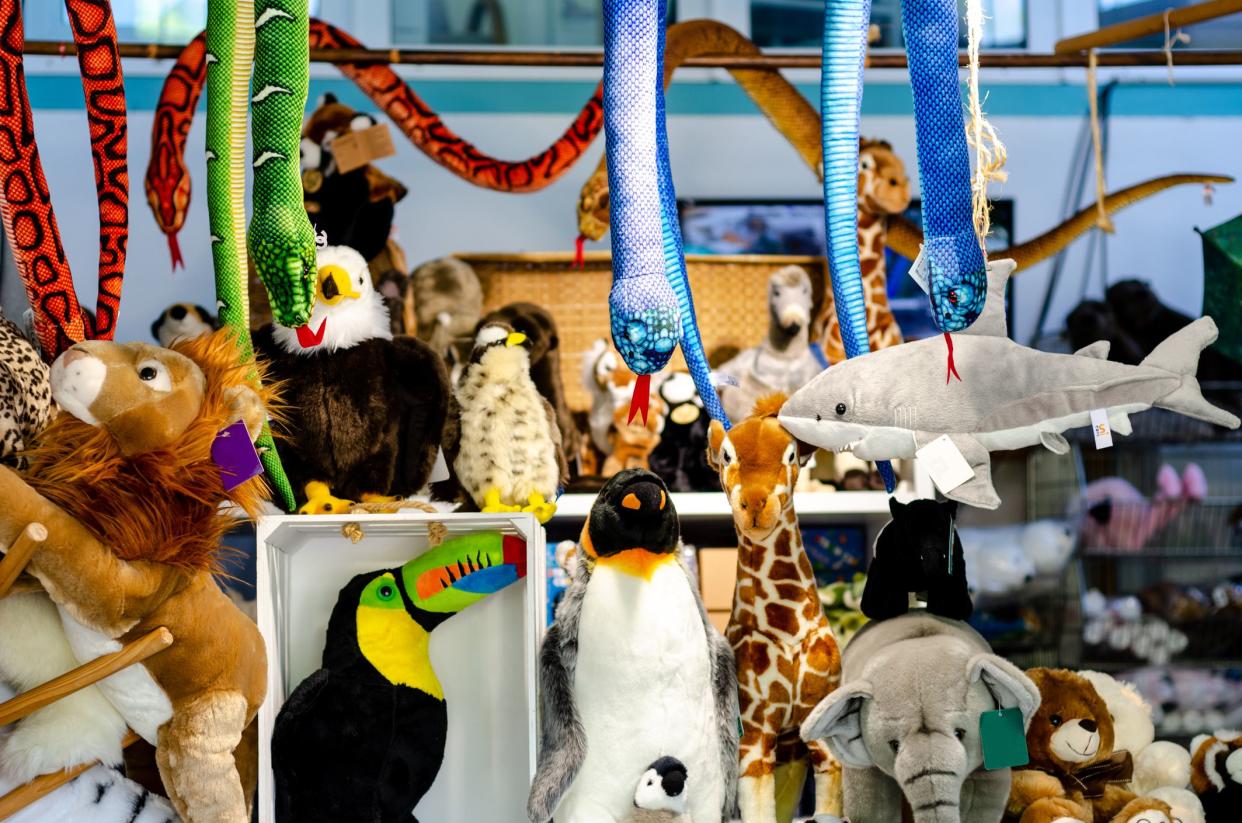
25. Toys
Kids certainly expect toys for birthdays and around the holidays, but it rarely makes sense to buy a slew of new toys at once. The child is likely to get bored within weeks (or maybe days) and pine for the next thing. Instead, look into toy rental sites or consider arranging toy swaps with other families.
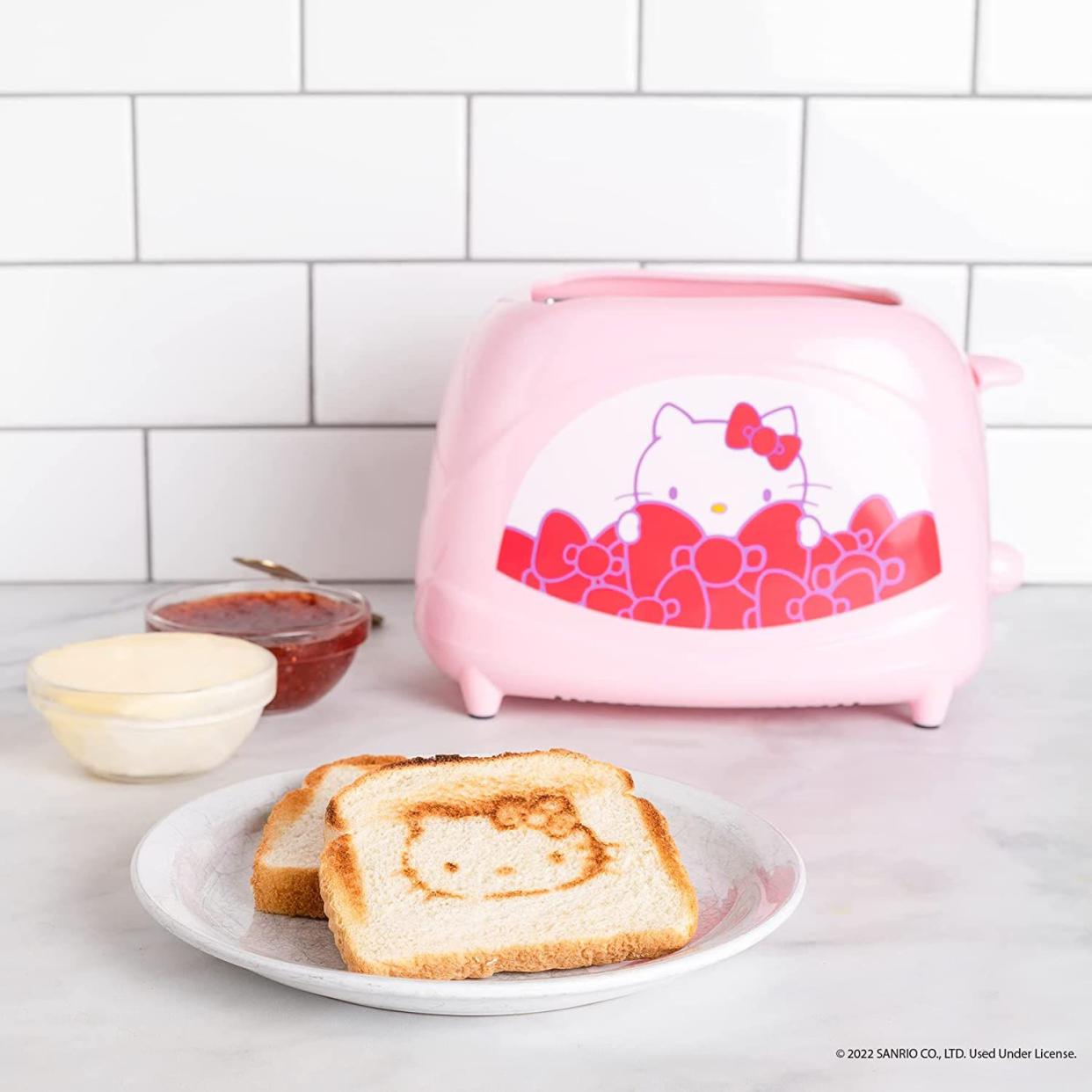
26. Novelty Toasters
These days toasters can prepare eggs on the side, make hot dogs, and stamp bread with burnt pictures of the family pet, soccer balls, butterflies, Darth Vader, "I love you," peace signs, and so on. Novelty toasters sell for anywhere from $30 to $70, and the joke runs thin and fast, leaving buyers with unevenly crisped bread and next year's yard sale fodder.
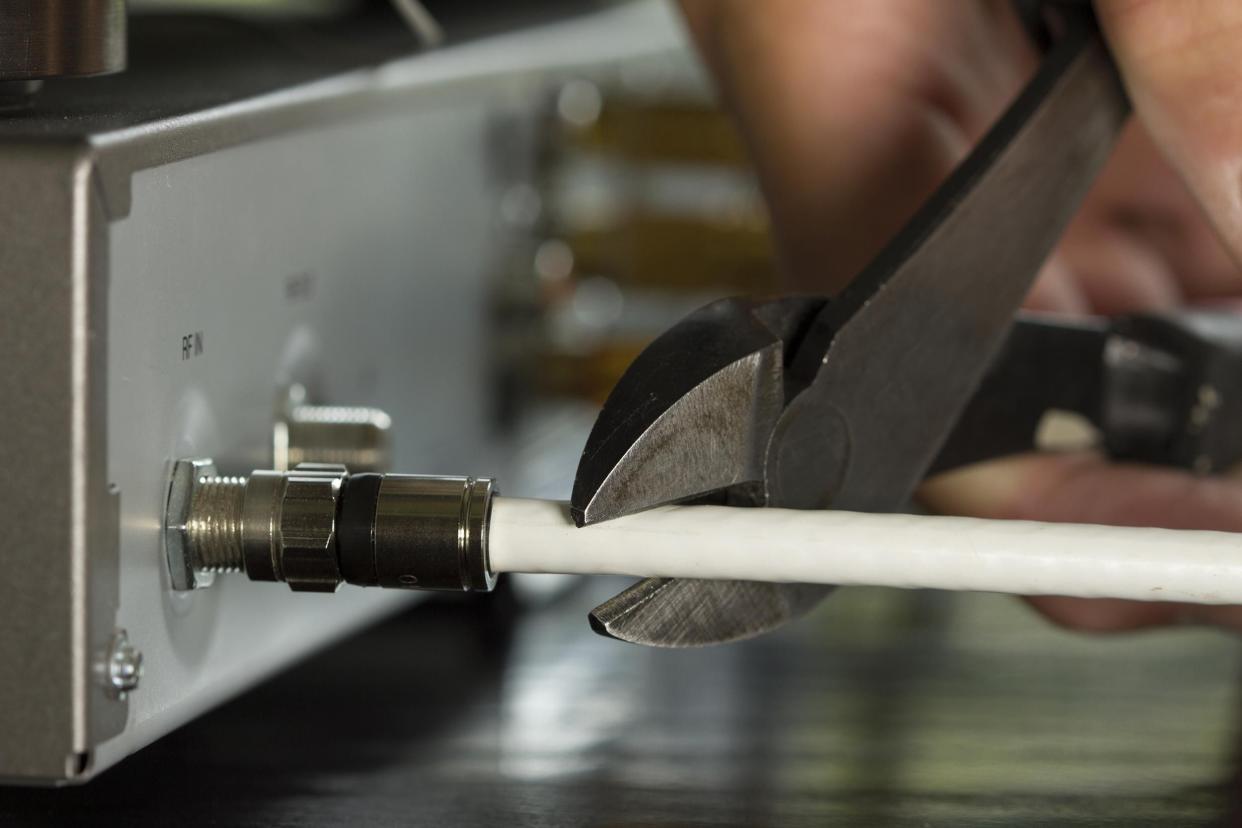
27. Cable TV
With even Disney now in the streaming game, the time has come to cut the cord. The number of people doing so keeps growing year by year — no surprise, given that cable rates often top $100 a month, while services such as Amazon Prime, Hulu, and Netflix sell unlimited plans for less than $15 a month. An alternative if you can't give up ESPN or the History Channel: Sling TV, which offers select channels for $30 a month, no fees attached. Or, try negotiating a better deal to save on cable.
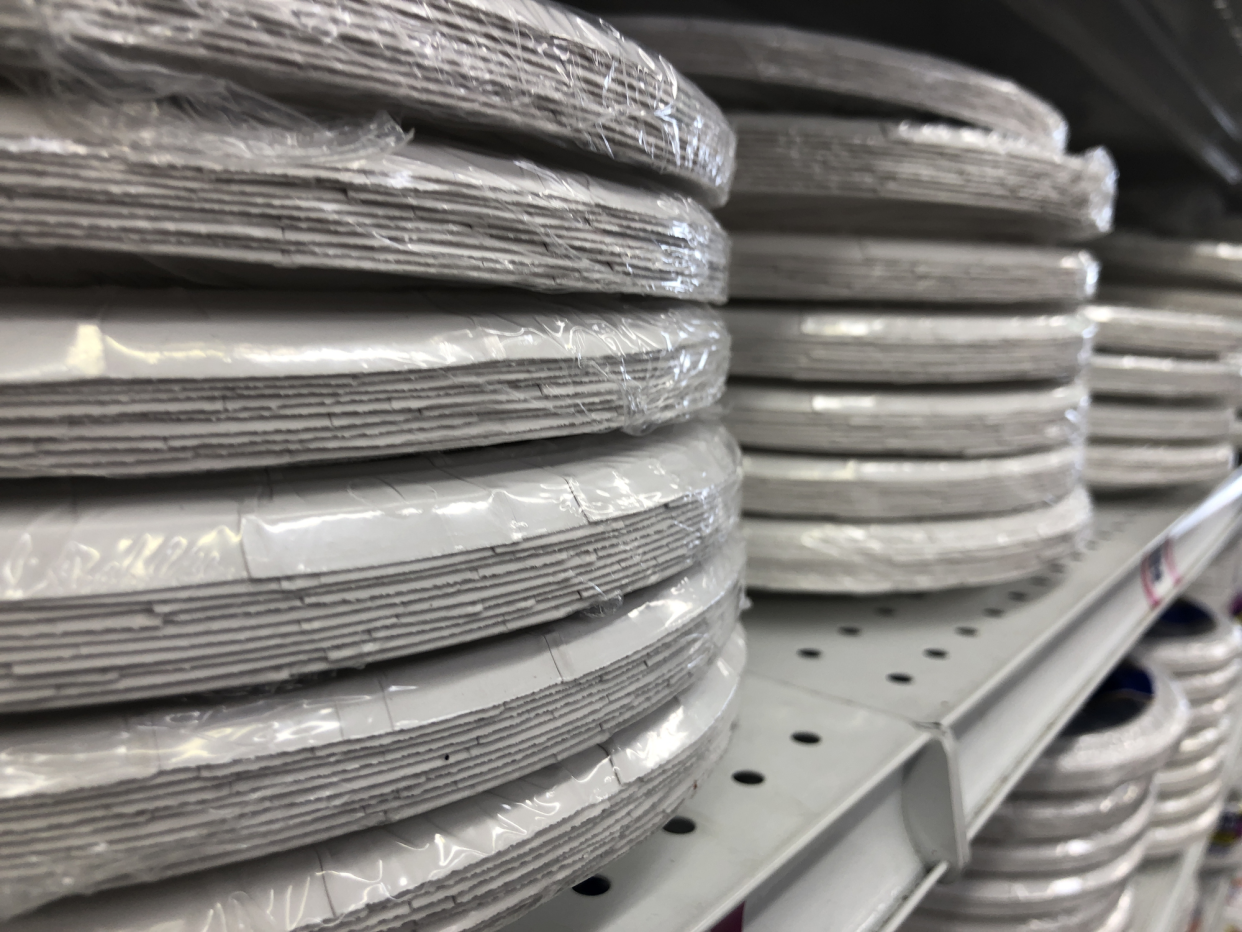
28. Paper Plates and Cups
One-time-use dinnerware wastes money and is not eco-friendly. Although the cost of paper plates might seem low, it adds up over time. Dollar stores usually sell basic ceramic plates, bowls, and glasses that can be rewashed and used for years.
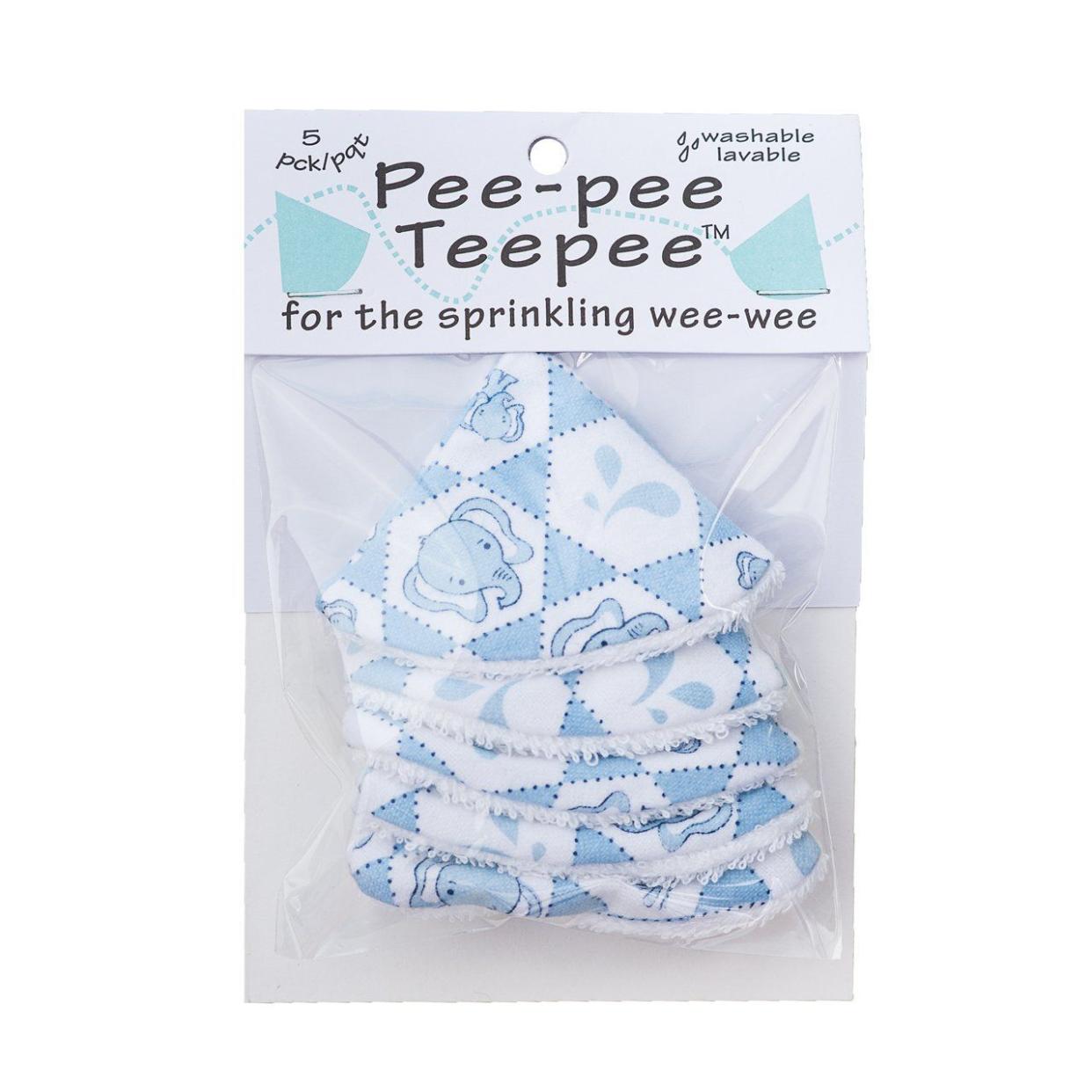
29. Pee-Pee Teepee
With a name like this, how could you pass? But you should — and save $10 in the process. Another baby product that often prompts new-parent buyer's remorse, the Pee-pee Teepee purports to protect diaper changers against unwanted spray from baby boys. The online review consensus on Amazon, however, is that it doesn't stay put or help reduce accidents. That assessment is seconded by a BuzzFeed survey of more than 100,000 parents in which 87% gave a thumbs-down to the teepee.
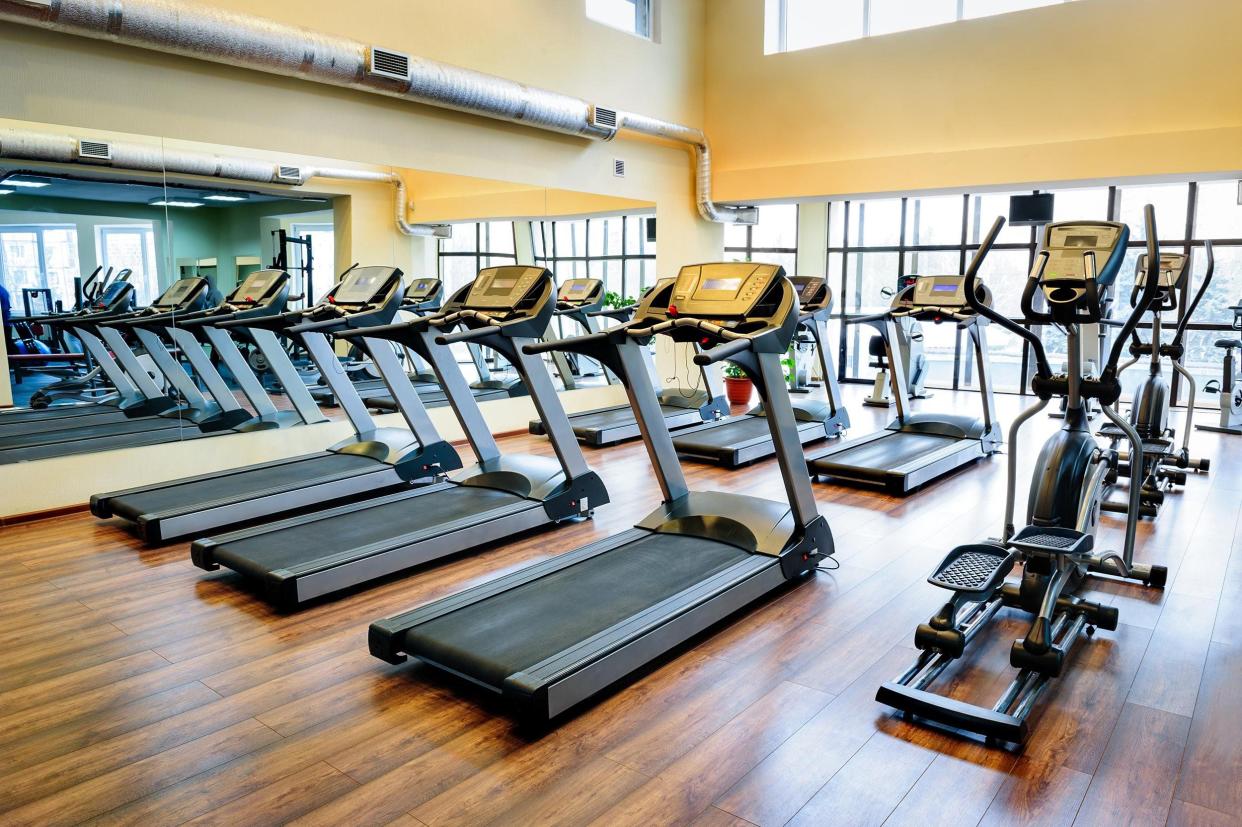
30. Gym Membership
Unused gym memberships drain the monthly budgets of an enormous portion of Americans. Data are scant, but a study by Statistic Brain Research Institute revealed that the average monthly cost of a gym membership is $58, yet two-thirds of members never show up. Could that be you? There are lots of ways to work out at home instead. If you do feel compelled to join, here are 15 Ways to Make the Most of a Gym Membership.
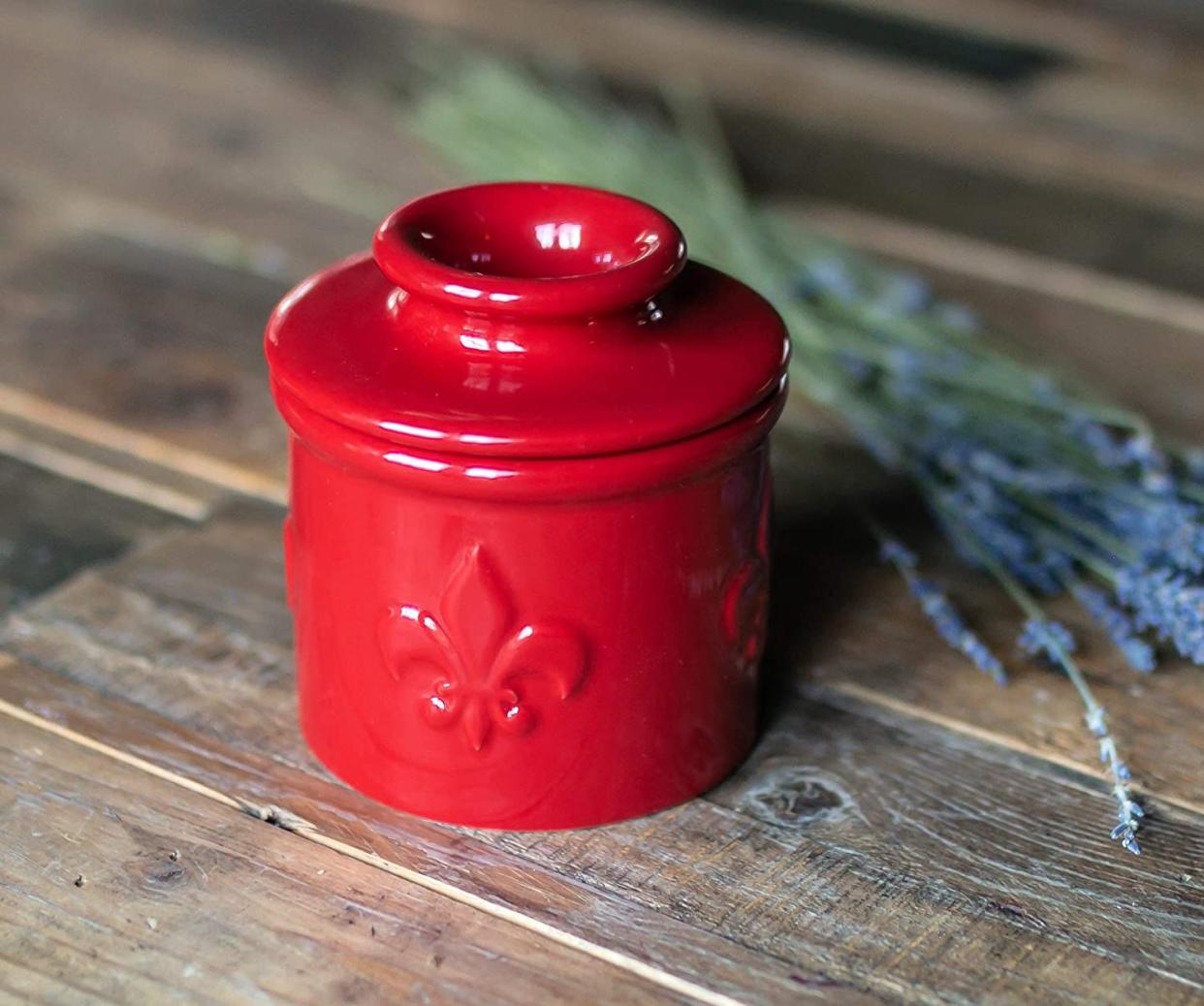
31. Butter Bell
The fancy French pottery dish known as a butter bell or butter crock claims to keep butter at perfect spreading consistency without refrigeration, using a base filled with water holding an inverted cup of butter. Is it worth the money and preparation time? Probably not. These devices don't always succeed in separating the butter from the water and tend to breed mold, according to comments posted at The Kitchn. This is another unnecessary expense, albeit small, that's likely to end up in a yard sale.

32. Designer Pets
Want a specially bred pet with a name like labradoodle or toyger? Be prepared to shell out thousands. The designer pet business is also fraught with controversy. Overbreeding and irresponsible breeding can lead to pets with health problems, and claims about hypoallergenic qualities may be dubious, at least as far as cats are concerned. The American Society for the Prevention of Cruelty to Animals estimates that shelters euthanize 2.7 million dogs and cats each year. Pick up a shelter pet that's cheaper to own rather than paying good money for a pedigree.

33. Musical Instruments
Kids — and some adults — are quick to enthuse about learning to play a musical instrument and then all too quickly lose interest. The appeal of playing guitar or violin or any other costly instrument often wilts in the face of lessons and cheerless practice. Rent or rent-to-own (in case a musician does emerge) and spare your wallet.
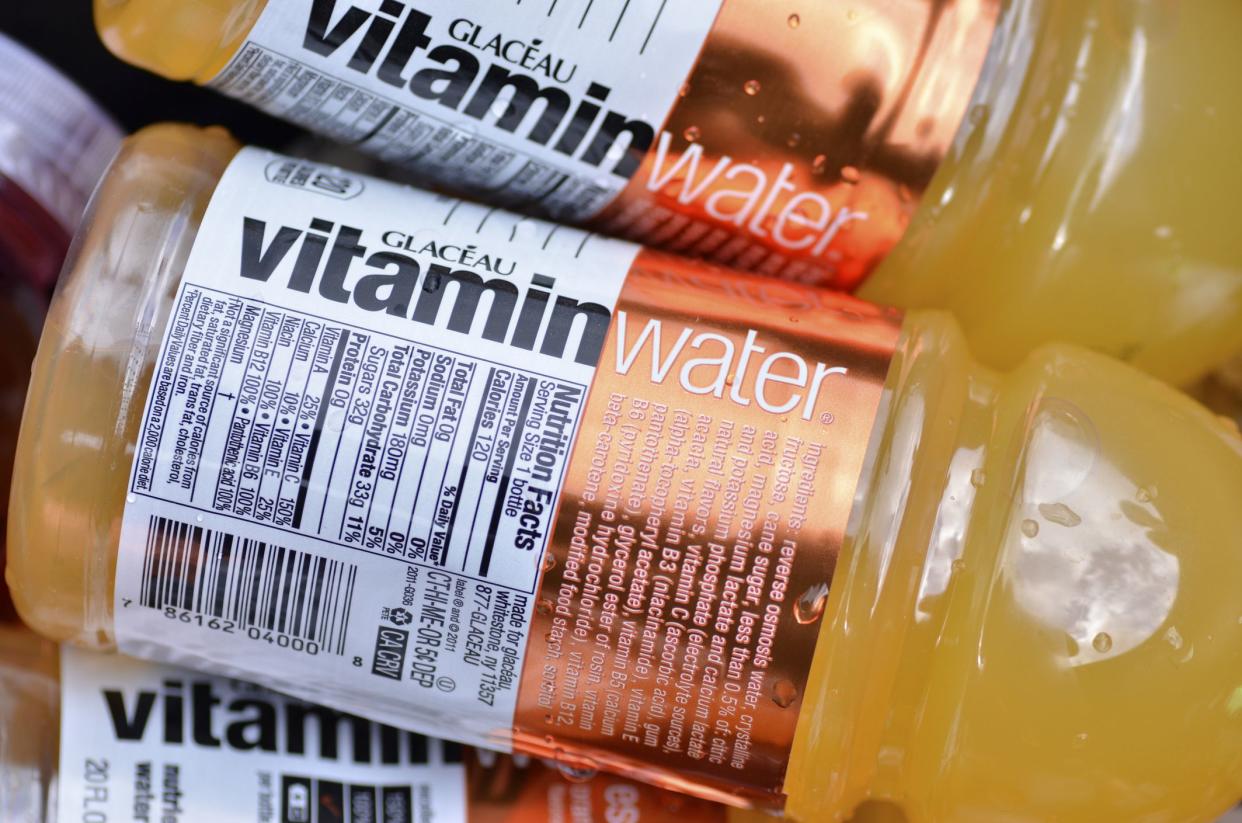
34. Infused Water
Water "enhanced" with vitamins, minerals, flavoring, and sometimes sugar alcohols costs about $2 to $3.50 a bottle, so shun these altogether when out and about. The health claims about nutrient-enhanced water are largely unsubstantiated. The synthetic vitamins probably don't provide the same benefits as vitamins found in a healthy diet. Plus, many fancy waters contain large amounts of sugar. Fill a reusable water bottle at home and throw in some fresh fruit for pizzazz.
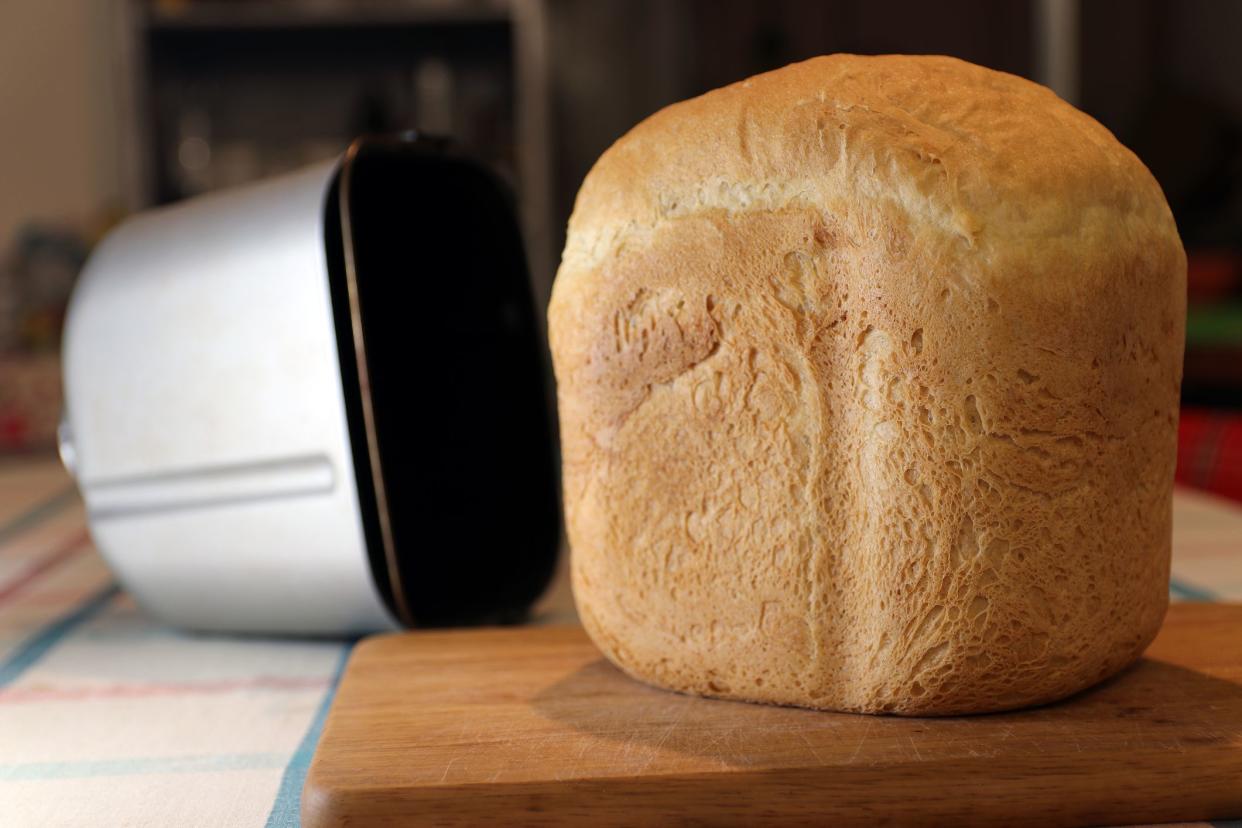
35. Bread Maker
Everybody loves fresh-baked bread, and an upmarket bread maker seems just the ticket. But don't be fooled: A regular oven turns out a delicious loaf of homemade bread. Many prefer to use an oven because machine-made loaves tend to be denser and more coarsely textured, not to mention oddly shaped.
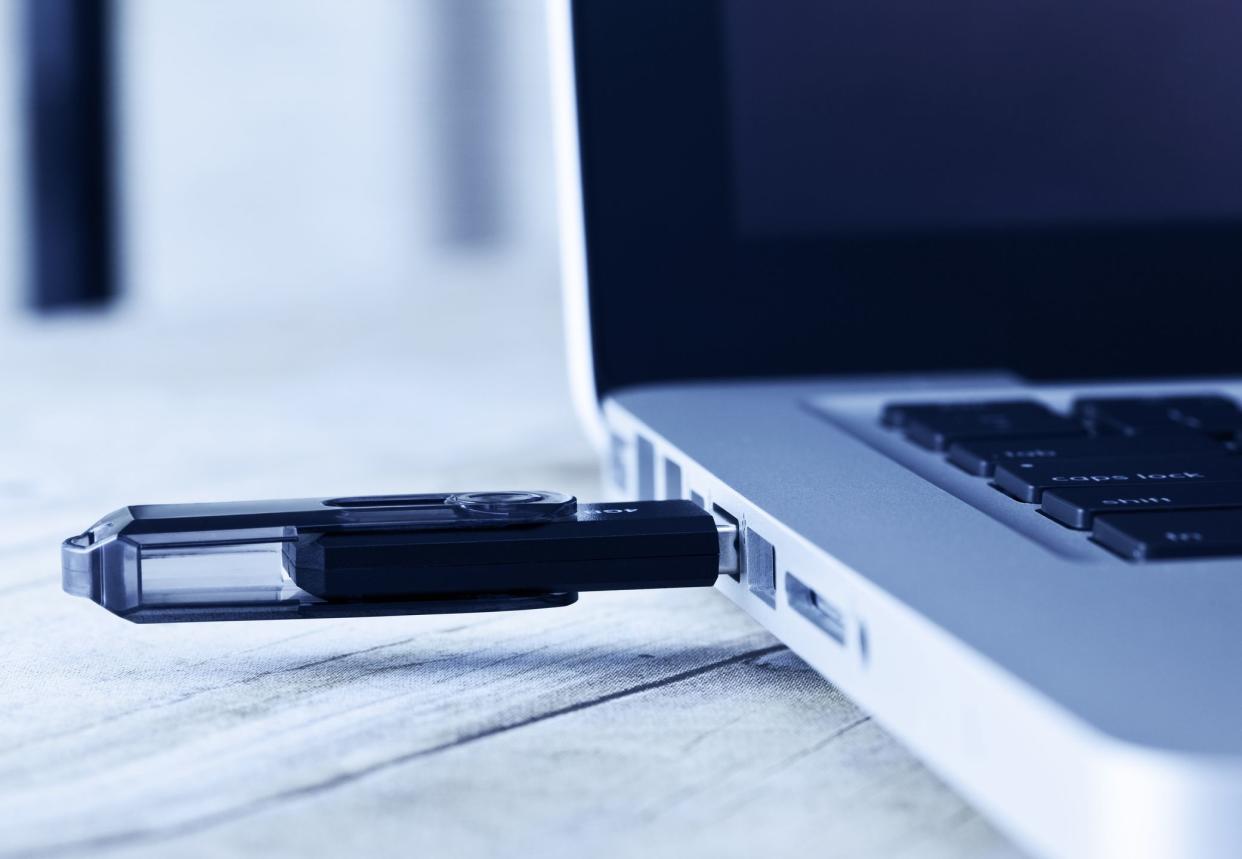
36. USB Flash Drives
Don't waste any more cash on cute, portable memory sticks for storing and transferring files between computers. Emailing files to a designated address, relying on network storage, and taking advantage of cloud computing replace any need for pocket-size storage.
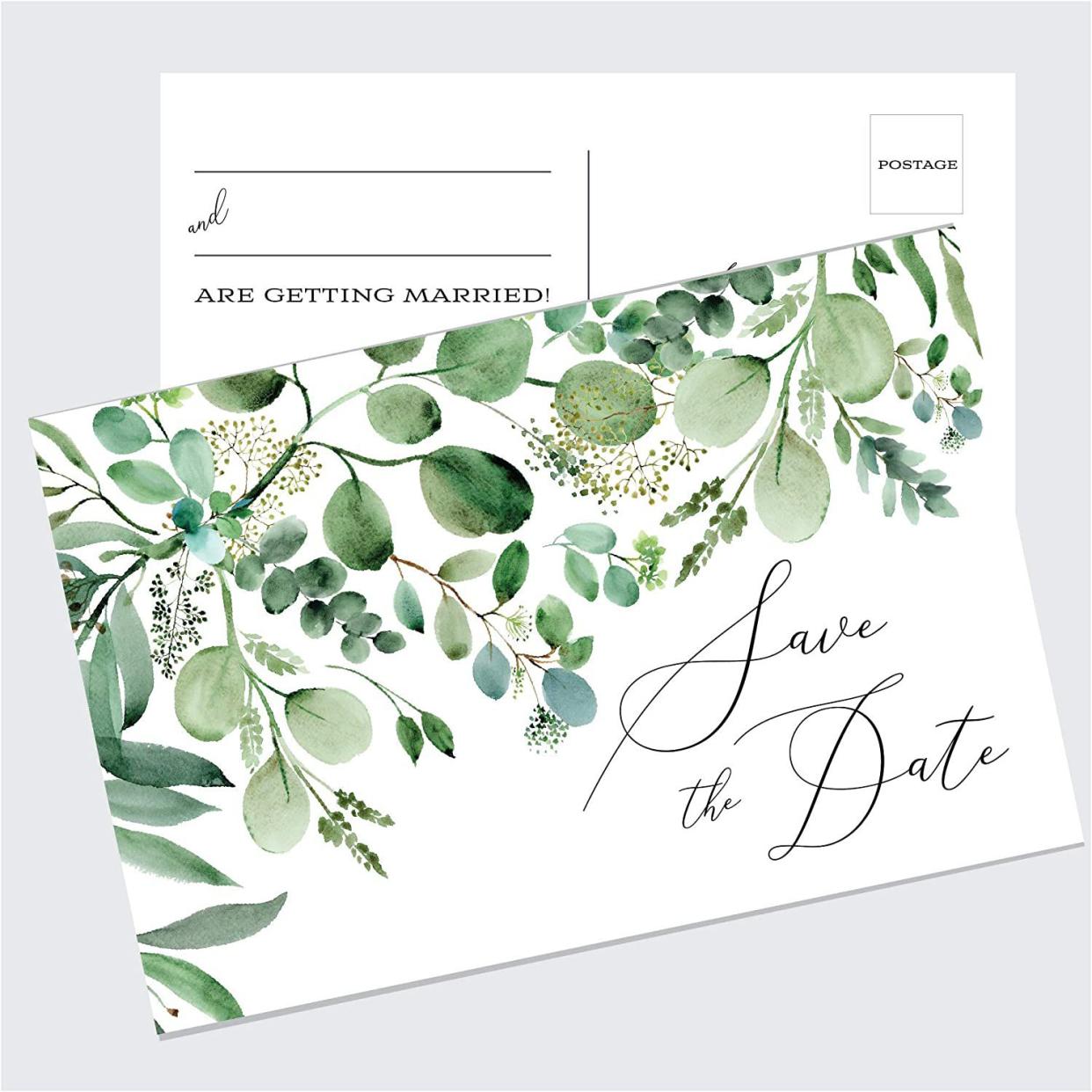
37. Save-the-Date Cards
Sending cards notifying guests about a forthcoming wedding can cost hundreds of dollars, depending on the event size. Although some etiquette sticklers insist they're mandatory and practical, many people would disagree (as evidenced by comments posted at A Practical Wedding). If guests need to make complicated travel plans, send out an email or post the date on a (private) Facebook group page, and move on. Invitations with RSVP instructions sent out six to eight weeks before the date are sufficient.
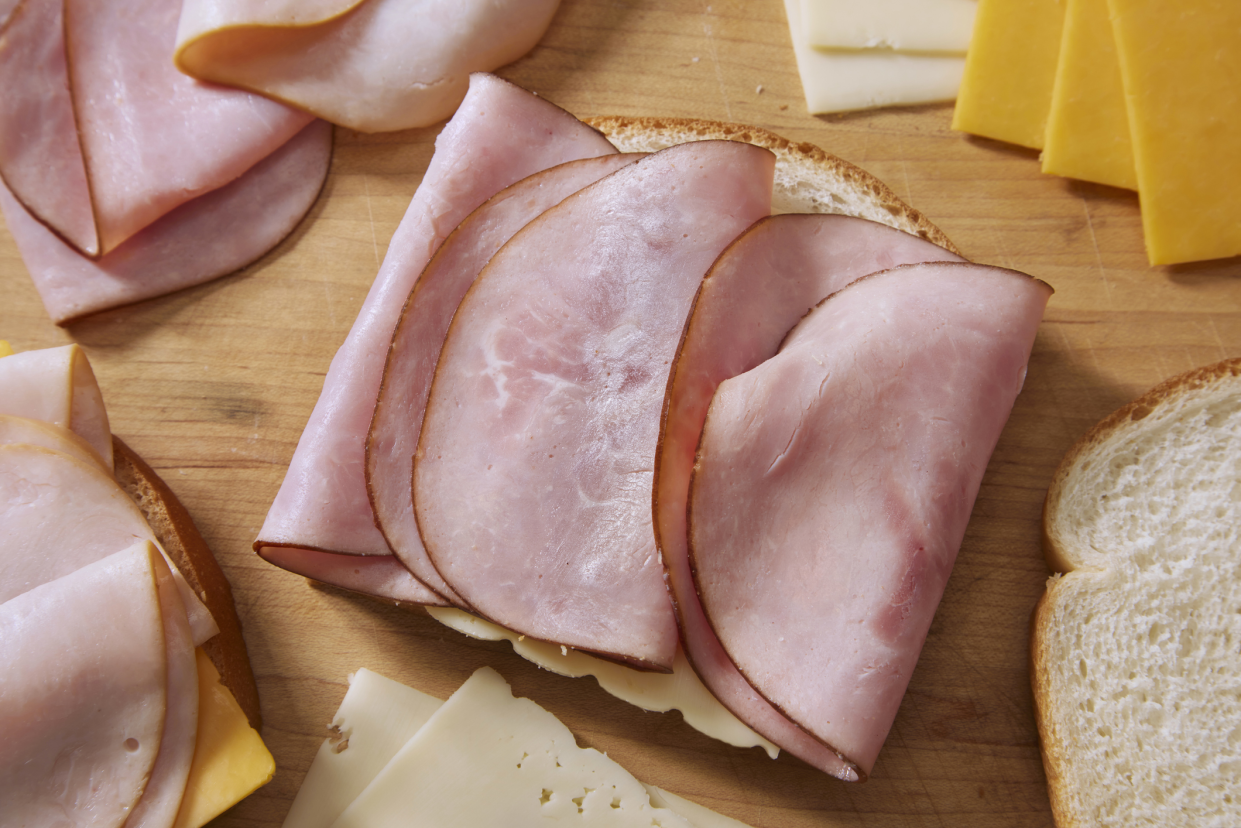
38. Deli Meats
Deli meats sell at a premium because of their processing. They also include a lot of sodium and other stabilizers. Buying larger cuts of fresh meat and roasting and slicing them yourself will result in a lower cost for each portion and a healthier, cleaner, and tastier end product.
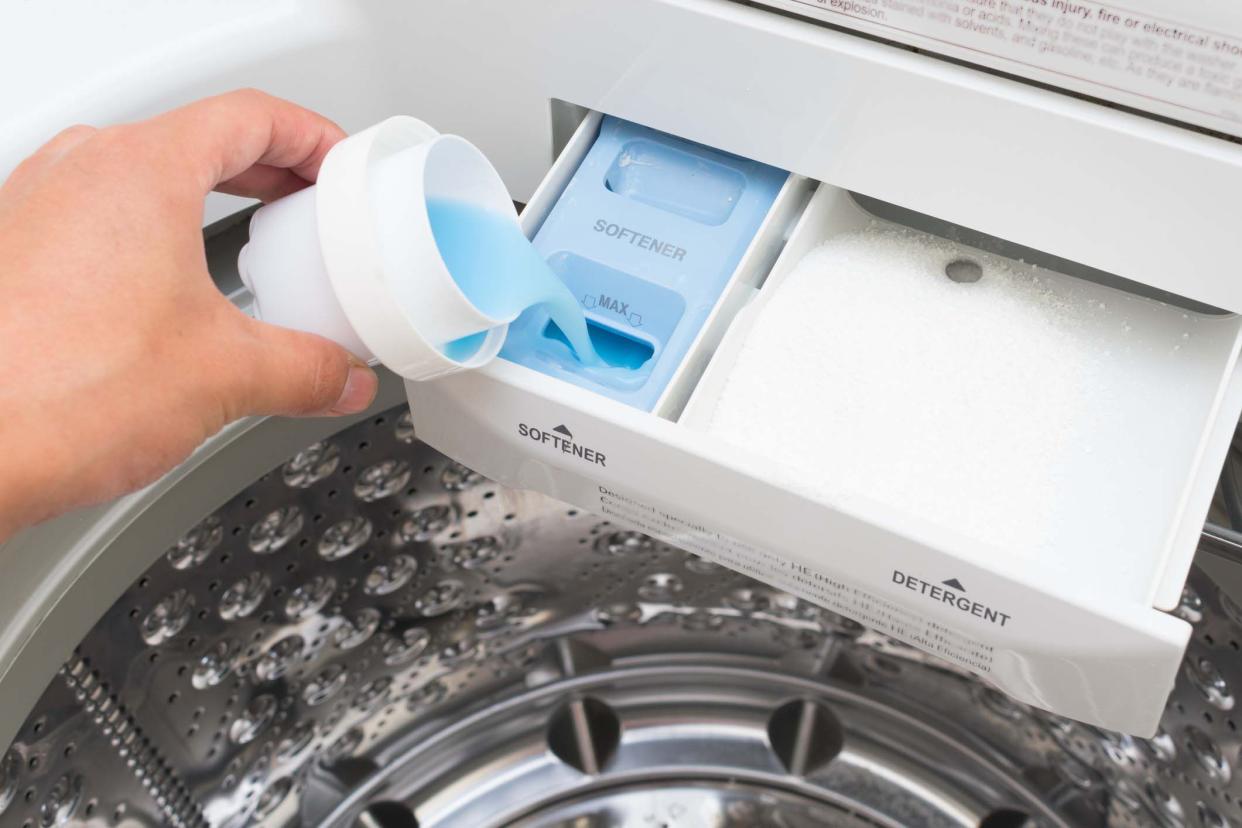
39. Fabric Softener and Dryer Sheets
Strip out fabric softener and dryer sheets from the laundry routine as a way to cut the cost of this household chore. Adding baking soda to the washer before starting the cycle keeps clothes soft, and drying on low heat prevents static cling.
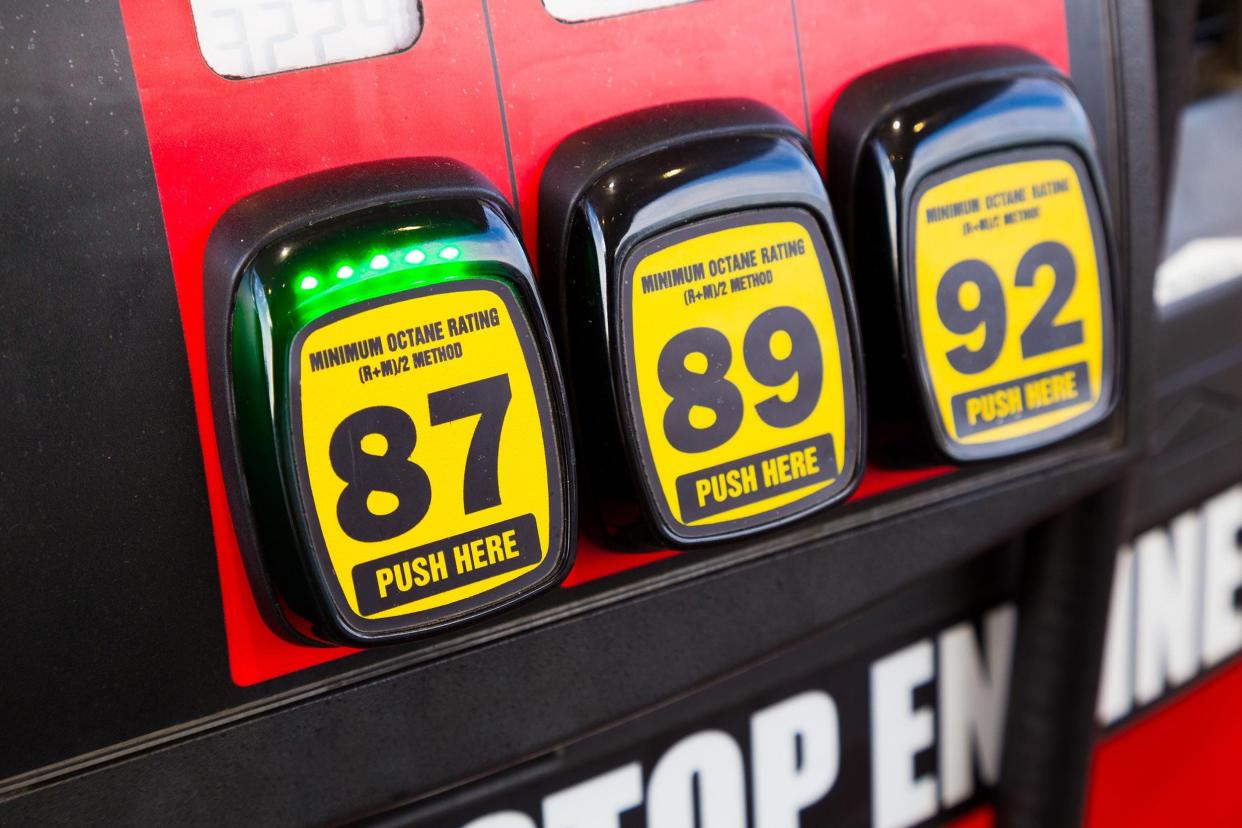
40. Premium Gas
Few cars — one in 10 by some estimates — require premium, high-octane gasoline. And there's no benefit in terms of miles per dollar to using a higher quality gas than the car's manufacturer recommends, according to the Federal Trade Commission. So check the manual and stick to the lowest recommended octane level.
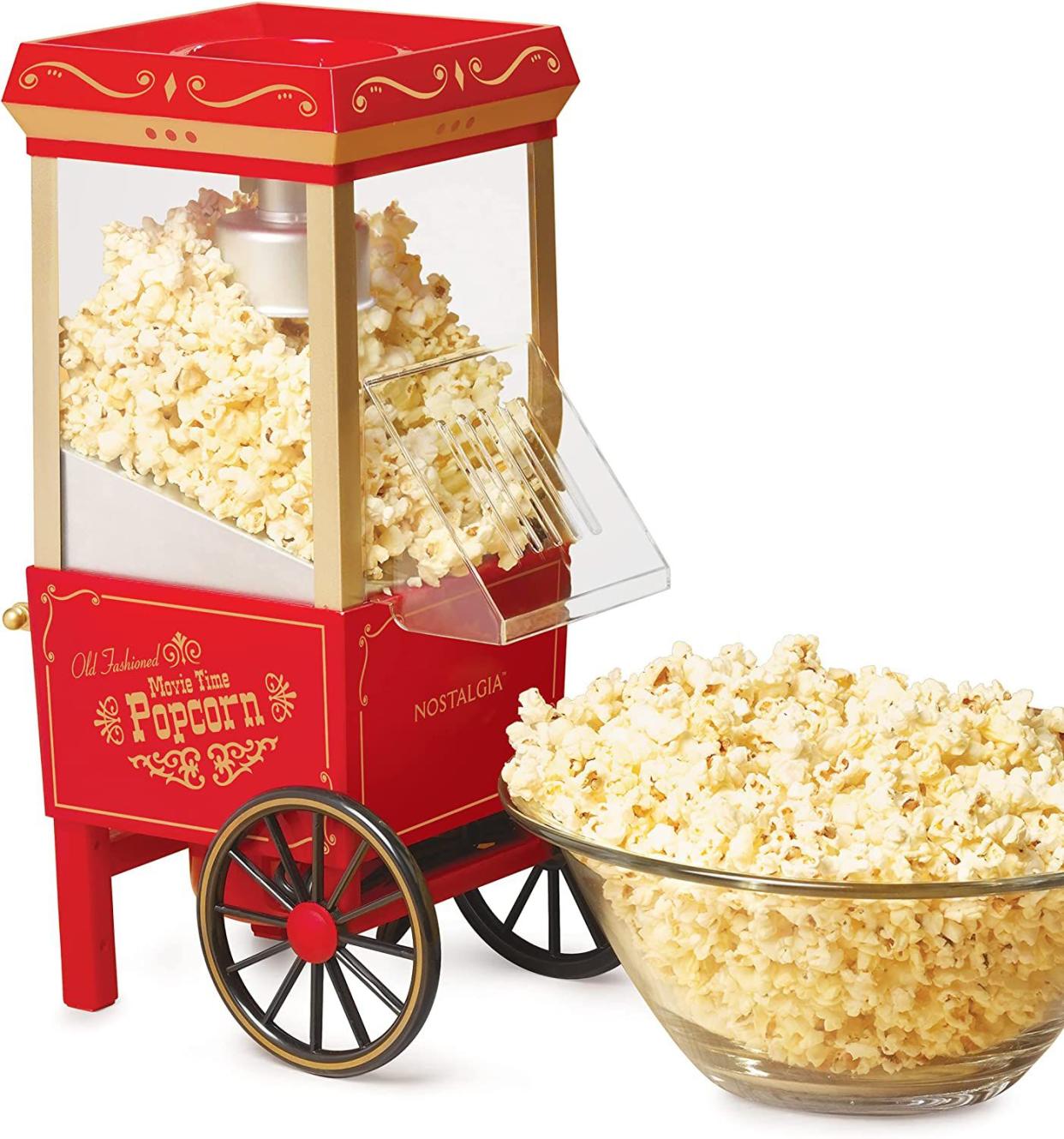
41. Popcorn Popper
Health watchdogs have sounded alarms about the dangers of store-bought microwave popcorn due to the toxins lining the bag and the chemical additives. But that doesn't mean you need an air popper to prepare a movie-night treat, especially when these little appliances cost $20 to $30 and sometimes leave a trail of stray popped kernels all over the kitchen. Make your own on the stovetop with plain kernels and oil or place kernels in a brown paper lunch bag, roll the top shut, and microwave for simple and healthful popped corn.
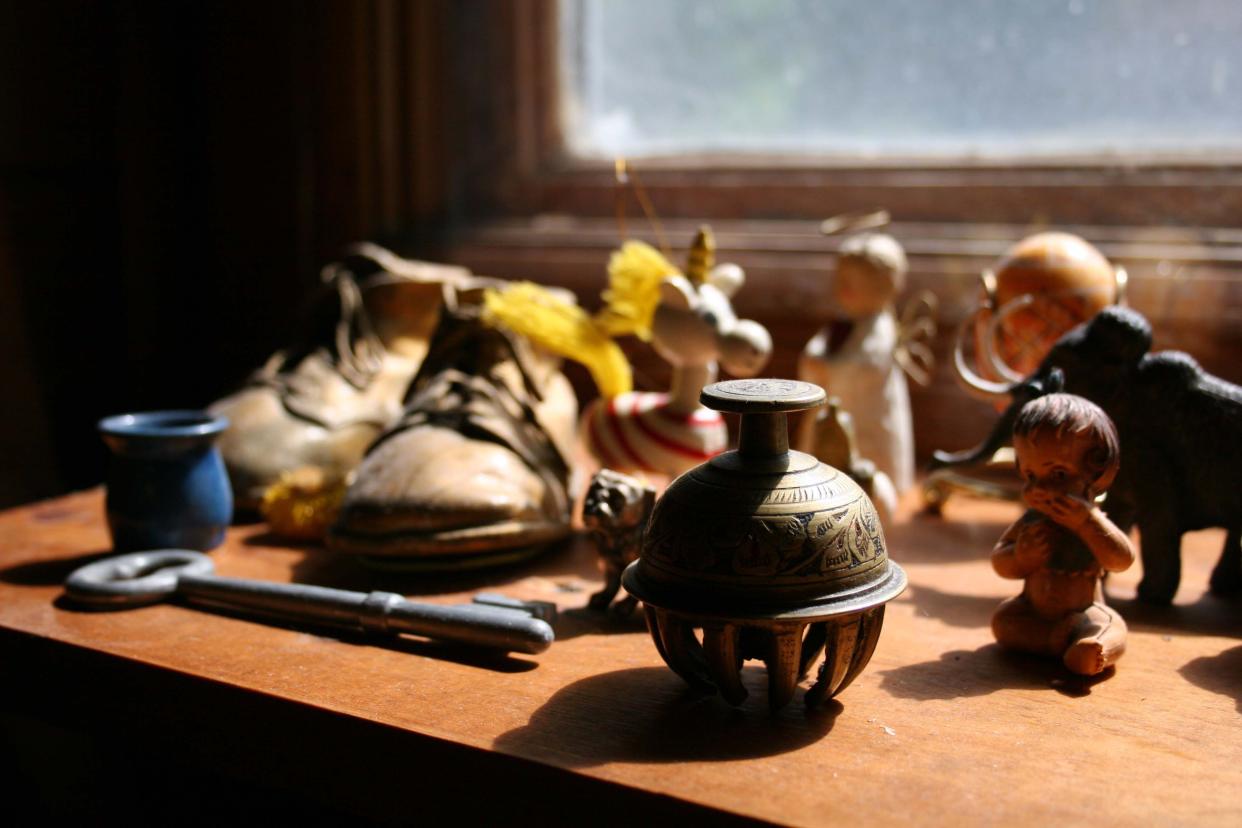
42. Knickknacks
Bric-a-brac, bauble, trinket, thingamabob — whatever you call it, it's a dust collector and, more than likely, a completely unnecessary purchase. Decluttering and minimalist-living enthusiasts often insist that nonfunctional knickknacks — even sentimental ones — should be the first things to go. So stop buying them.
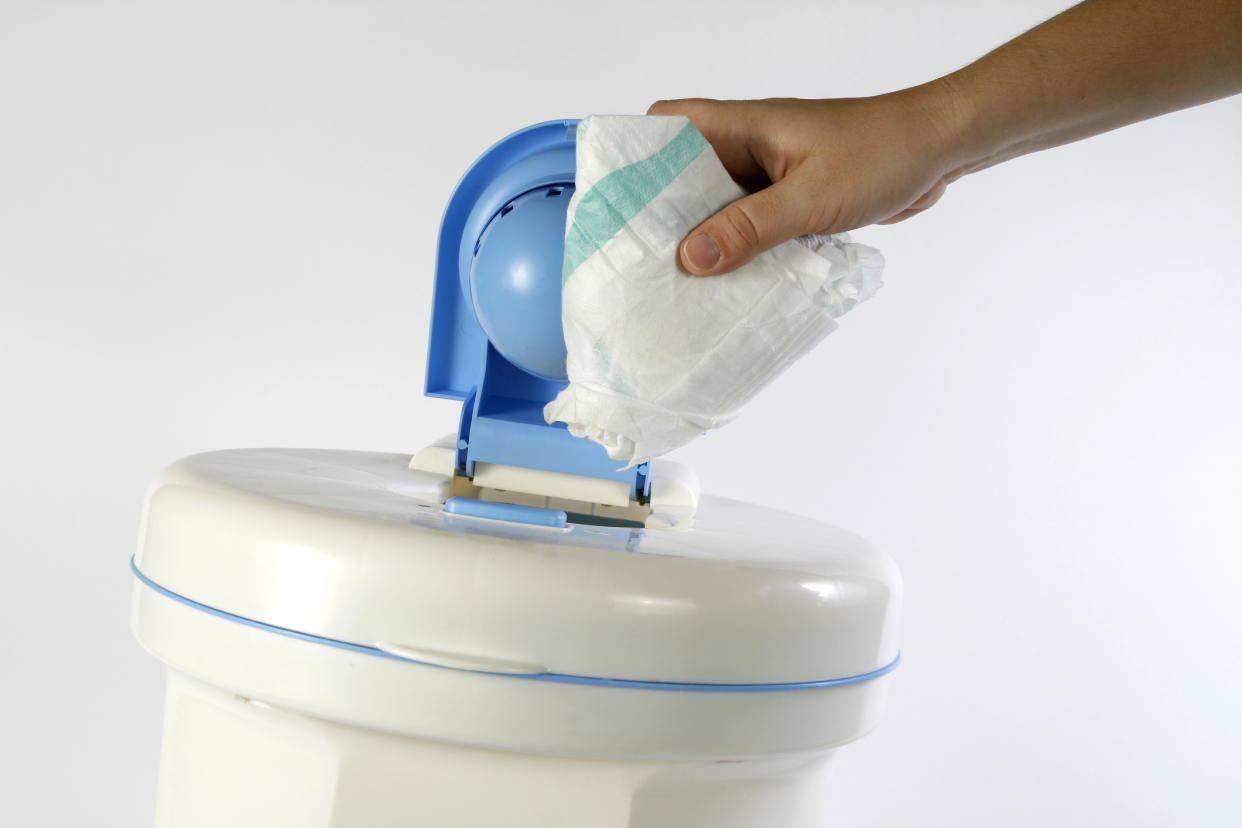
43. Diaper Pail
Many parents list special diaper disposal devices among the top most useless baby products. They're not super cheap to start with, often costing upward of $100, and the need to keep buying refill bags adds expense and hassle. Don't bother with this unnecessary contraption. Instead place used diapers in grocery-store plastic bags and throw them in a regular trash can with a lid.
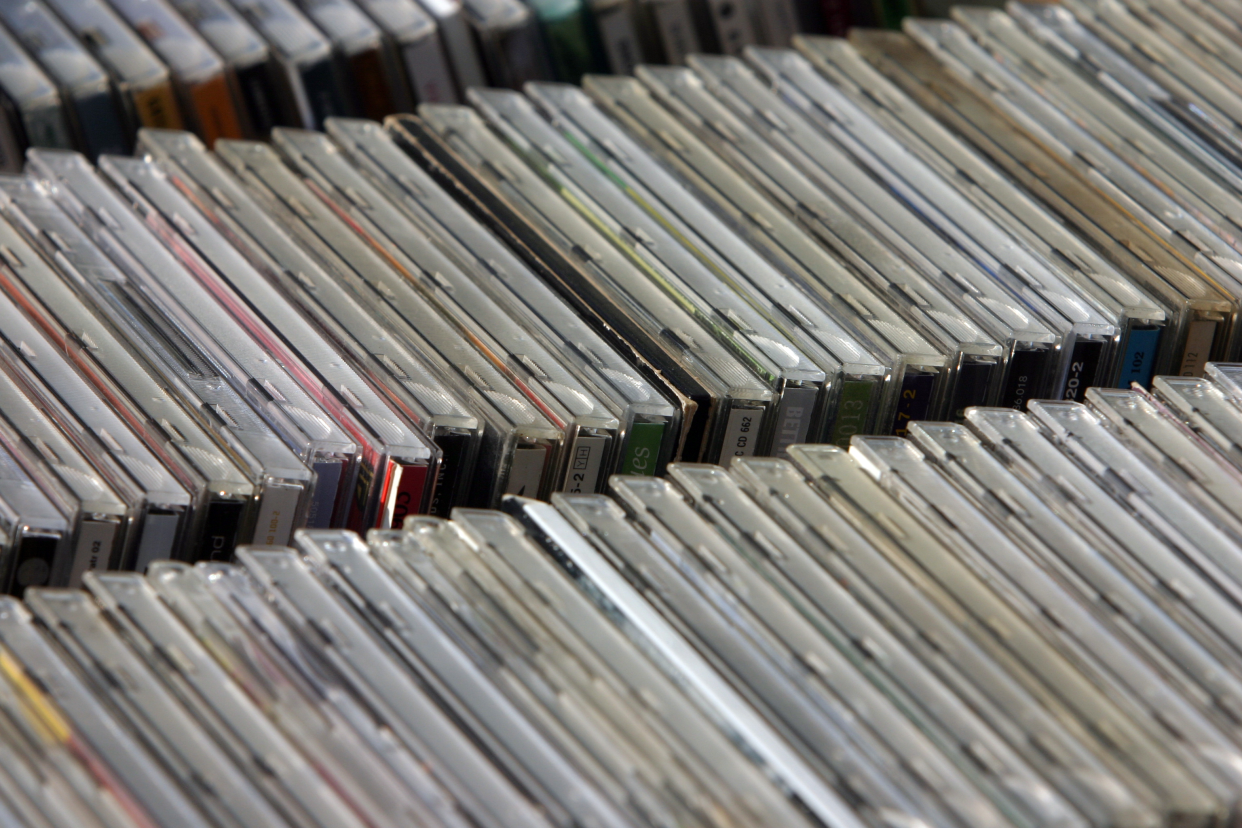
44. DVDs and CDs
In this age of streaming and downloading, many people have already given up buying DVDs and CDs. For those who haven't: Consider that a single purchase costs almost as much as, or more than, an unlimited-access subscription to Netflix, Amazon Prime, or Hulu for movies and TV and to Spotify, Napster (yep, its back), or Google Play for music, often $10 a month.
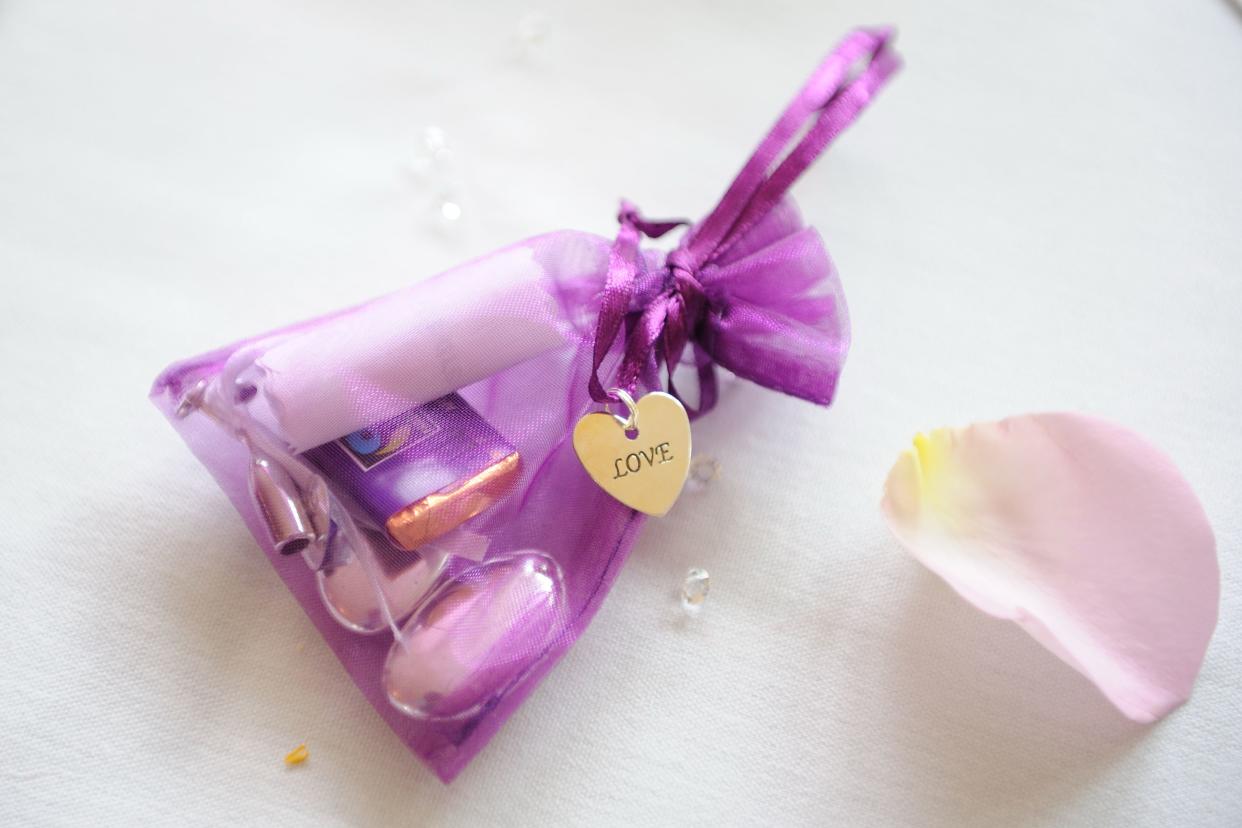
45. Party Favors
Sending guests home from weddings, graduation celebrations, bar and bat mitzvahs, bridal showers, baby showers, etc., with a gift has become the norm, but it's a huge money suck for — let's face it — impractical junk. Many parents long for an end to the enduring goody-bag trend for kids' birthday parties. Unless the favors are edible and the occasion extravagant, skip the cheesy handouts altogether.
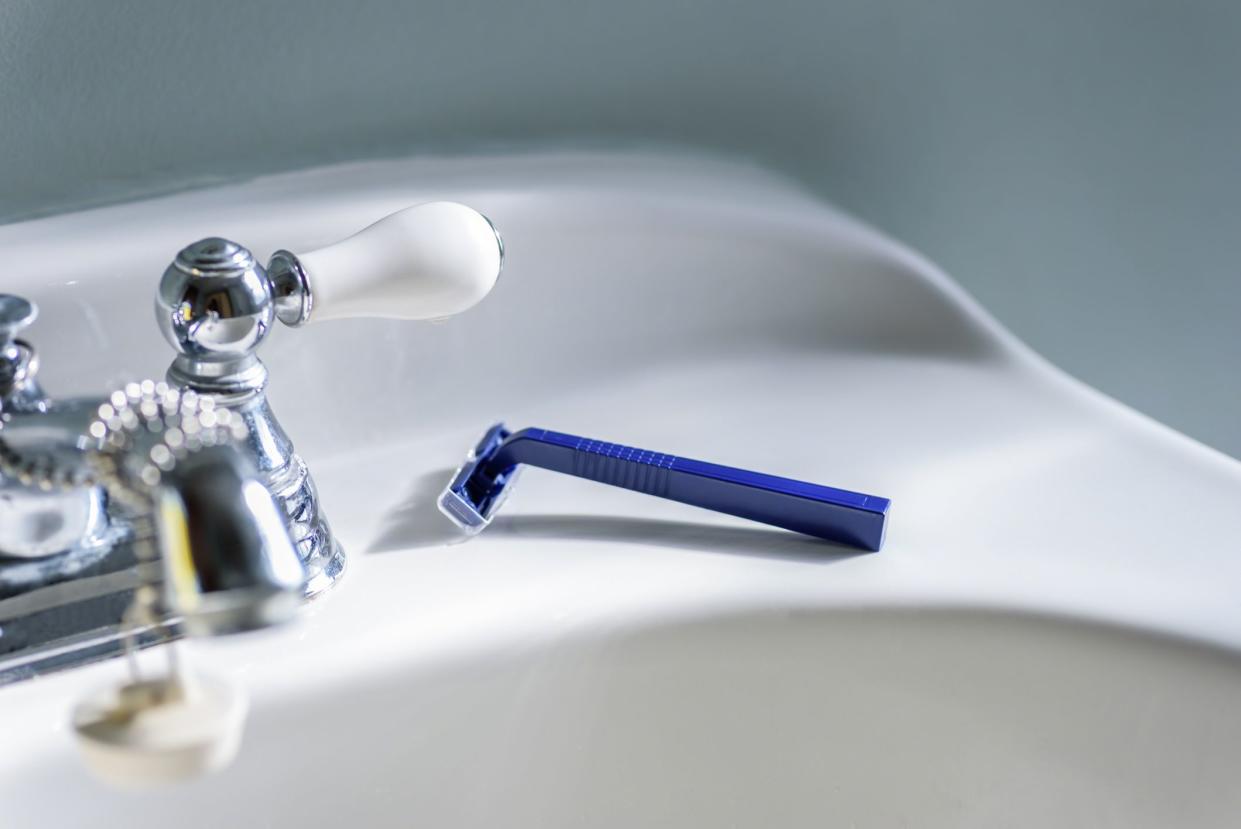
46. Disposable Razors
A reliance on disposable razors costs way more than necessary every month. Several companies, Dollar Shave Club being perhaps the most prominent, provide a free razor and deliver replacement blades for men and women every month or two for prices that can fall below $2 per cartridge.
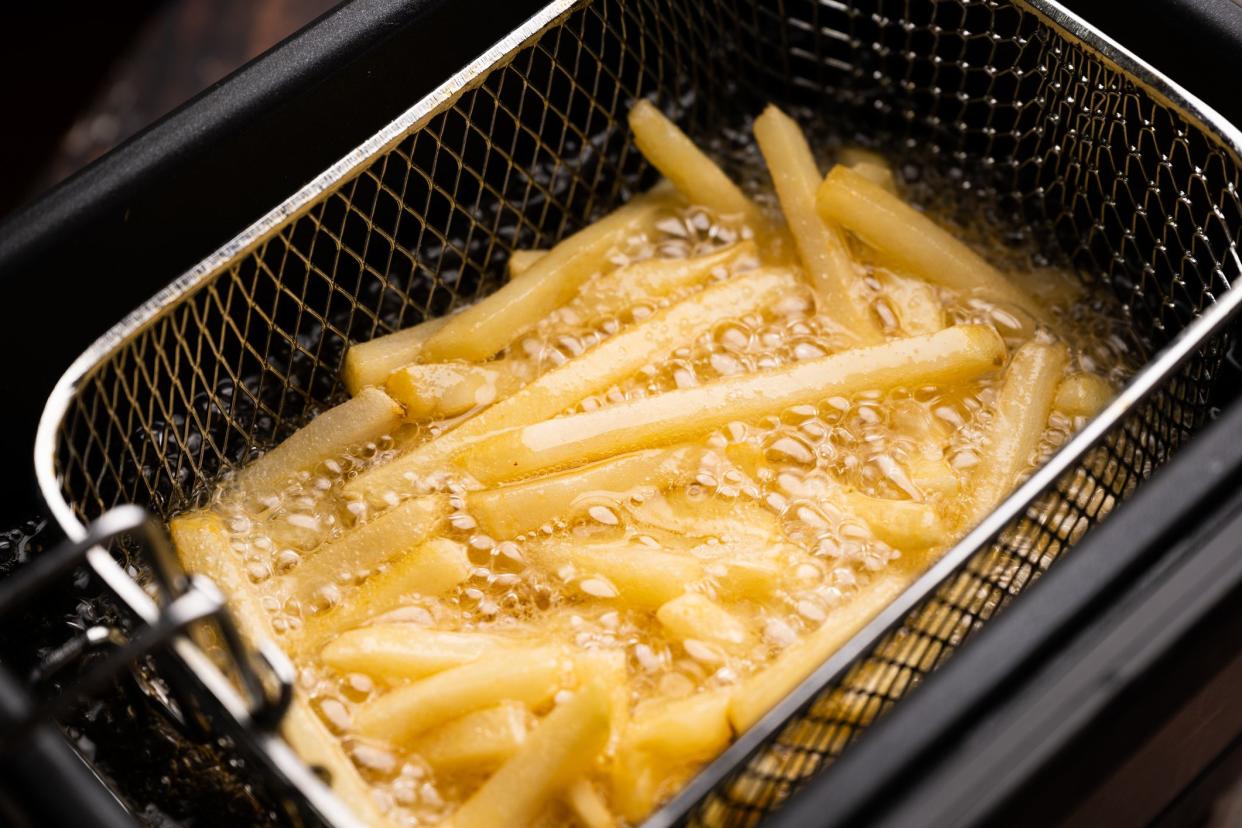
47. Deep Fryer
Tempting and trendy, deep fryers are a cleanup hassle, unleash nasty odors, and aren't worth the money or counter space they eat up. Canola or another mild oil in a cast iron skillet should take care of all at-home frying needs.

48. Newspaper
Newspaper subscriptions can cost several hundred dollars a year for daily delivery. Once the norm and now quaint, this service has been rendered obsolete in the digital age. Newspaper websites post content that is free or might be read before hitting a paywall, while TV news outlets' sites are generally all free. Web subscriptions and ereader versions for full access cost significantly less than home delivery. The New York Times, for example, charges $4.00 a week for web and smartphone access versus $10 and up for home delivery.
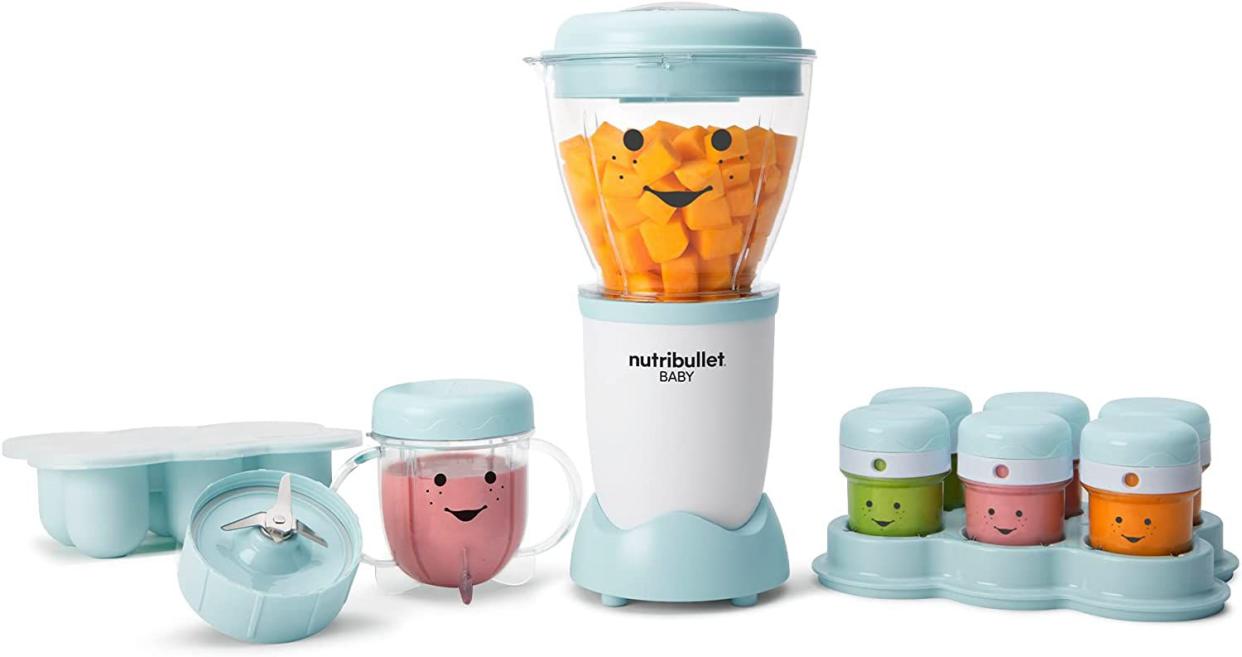
49. Baby Food Maker
Companies such as Béaba, Baby Brezza, and Cuisinart charge more than $100 for devices designed to prepare baby food. Puréeing doesn't require a pricey machine; a food processor, blender, potato masher, and even a fork can mash up solid food into a baby-friendly meal.

50. Detoxes and Cleanses
Bodies detox on their own, using organs such as the kidneys, liver, and lungs. When health food stores advertise expensive juice cleanses, herbal whole-body detox kits, colon cleansers, and so on, they're trying to sell customers things they really don't need. Detoxification as a concept (outside of substance abuse treatment) is a marketing ploy, and not rooted in medical fact.
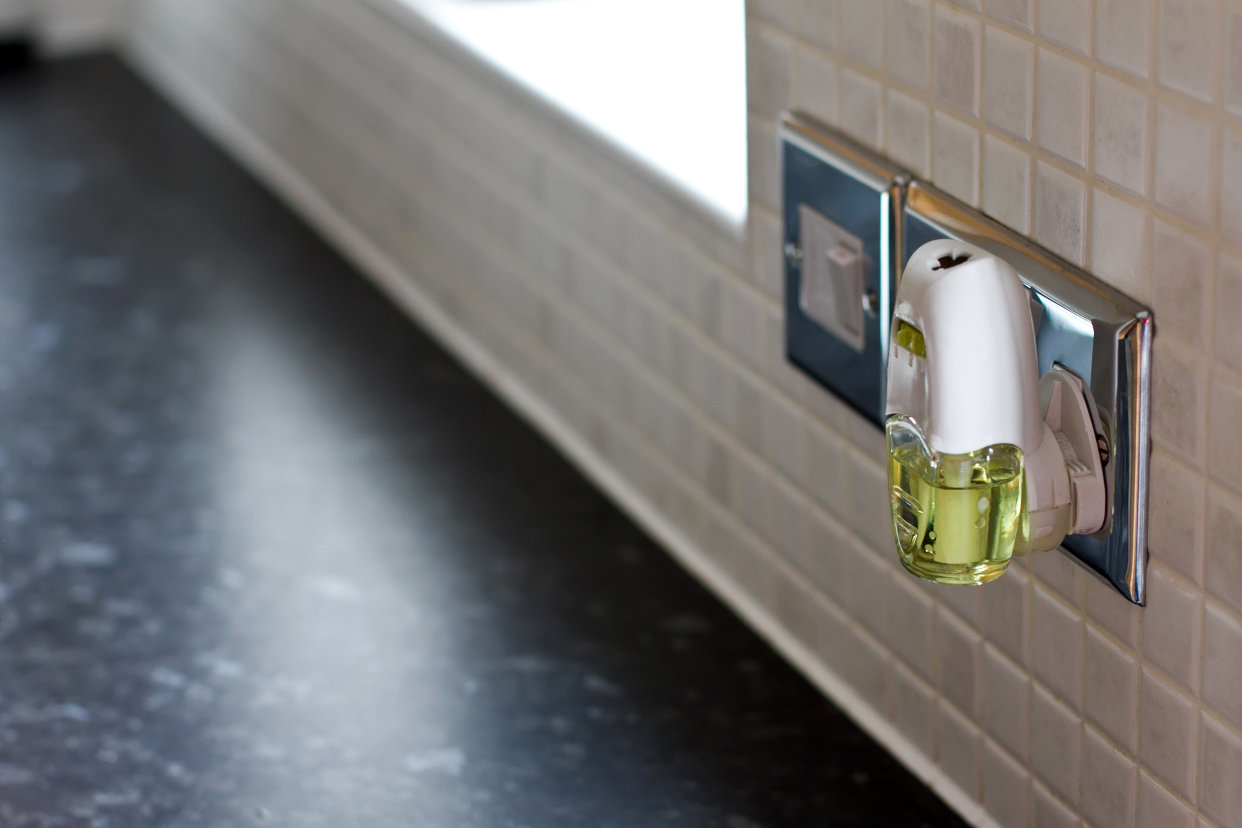
51. Air Fresheners
The air-freshener industry continues to rake in the cash, and it's no wonder: Scented-oil refills for an outlet freshener can cost $2.50 a pop, and you'll often find them running low after just a couple of weeks. Even worse, nearly 20 percent of people say air fresheners can trigger headaches, breathing issues or other health issues. Instead, just open a window, or neutralize odors naturally with baking soda and a few drops of essential oils.

52. Books
Books so often end up in thrift stores, donation piles, and attics because people eventually realize they'll never reread them and don't want to dust them. Better to borrow books from the library and decide if they're worth a coveted spot in a personal collection. Most library systems — many of which have gone virtual — loan out ebooks, and browsing and borrowing happens from the comfort of home. For students, consider textbook rentals. Who wants a 6-pound statistics textbook as a keepsake?
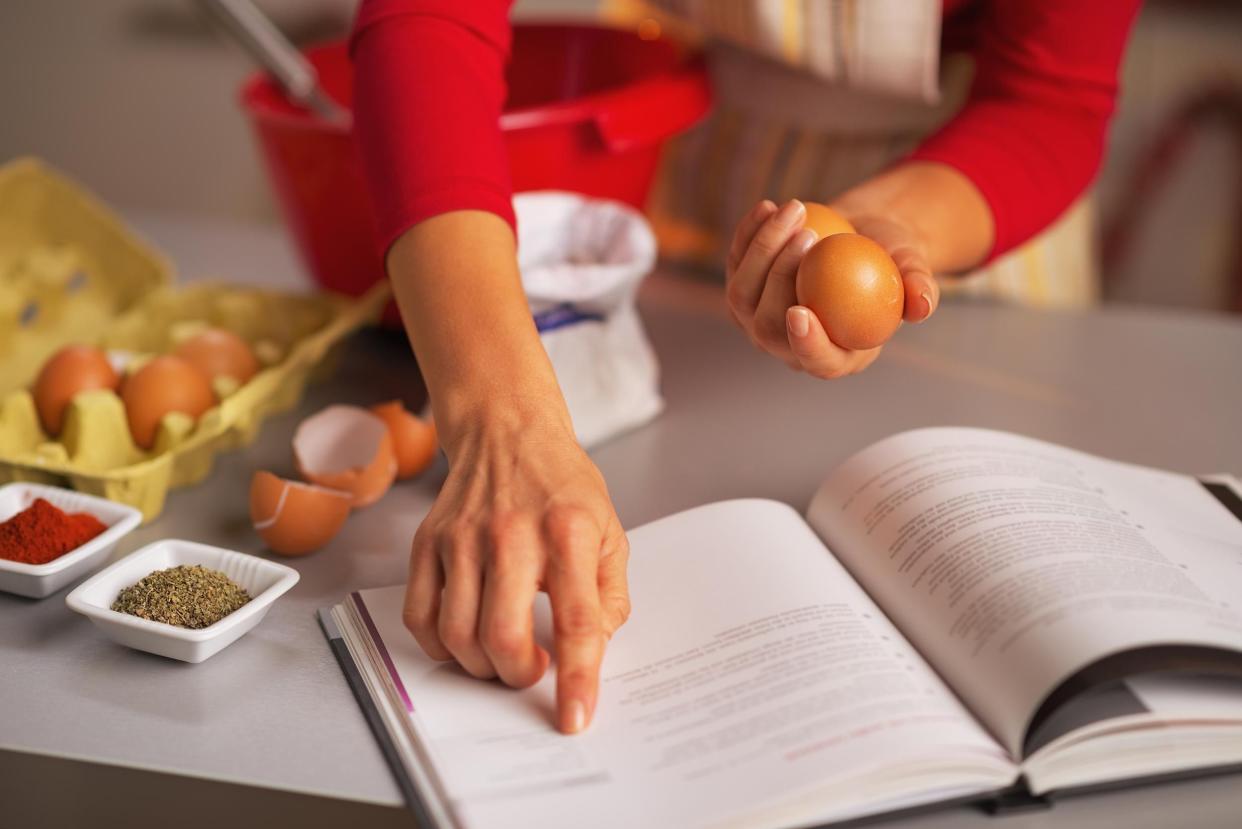
53. Cookbooks
Aside from one or two comprehensive volumes that serve as quick references, cookbooks are so last century. Instead, turn to the millions of recipes posted online. They're often accompanied by pictures, ratings, and tips from people who have already tried them. Rely on free websites such as Epicurious or Allrecipes or simply browse the web.

54. Exorbitant Wedding Dress
This suggestion might stir up controversy, but spending a fortune on a wedding dress (the ultimate single-use item — even people who wed more than once generally don't recycle the outfit) seems impractical at best. Alterations, undergarments, extra details, and cleaning jack up the price exponentially. To fit everything into a tight budget, check out trunk shows and sample sales, consider buying an inexpensive wedding dress from a mass retailer, and look into secondhand dresses.

55. Artisanal Liquor
Here's a dirty little secret: So-called "craft" or "small-batch" distilled whiskeys, bourbons, vodkas, and gins may hail from a giant factory far from the spirits' purported base, according to The Daily Beast. Some small companies buy mass-produced liquor and bottle it, claiming to have distilled it on their own. Be suspicious if the product claims to have been distilled longer than the life of the artisanal company. Forget the fancy booze; there are plenty of high-quality options, including whiskeys for less than $50 a bottle.
Related: 10 of the Best American-Made Whiskeys Under $100

56. Power and Specialty Tools
It's useful to have a basic tool set around the house, but power tools called into service only occasionally can be expensive and hog limited storage space. Sometimes it makes more sense to forgo a purchase and borrow or rent the tool when you need it. Many large cities boast tool lending libraries where members can borrow hand and power tools for basic yard or housework at no cost. Big-box stores such as Home Depot and Lowe's rent tools at some locations, and some independent operators may do so as well. While you're at it, look for free workshops and how-to DVDs and books available at the library.
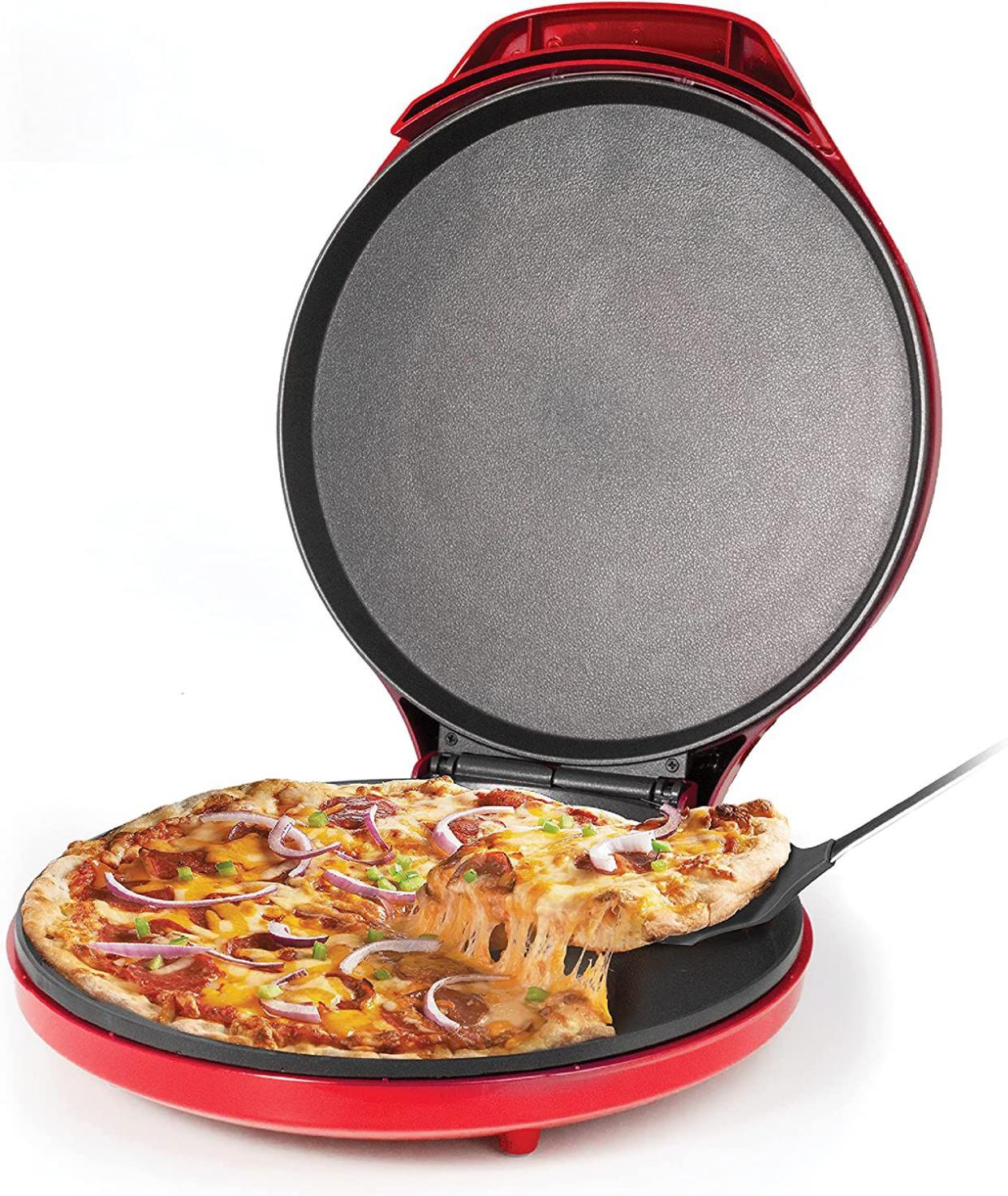
57. Pizza Gadgets
The web abounds with retailers hawking pizza makers, pizza toaster ovens, pizza peels (for transporting the pie from the oven to the counter), pizza kettle grill attachments, pizza cutting shears, forks with mini pizza slicers, etc. Really, pizza making requires only ingredients, an oven, and regular utensils. Maybe pick up a round pizza slicer at the dollar store, but that's about the only worthwhile pizza-related gadget.
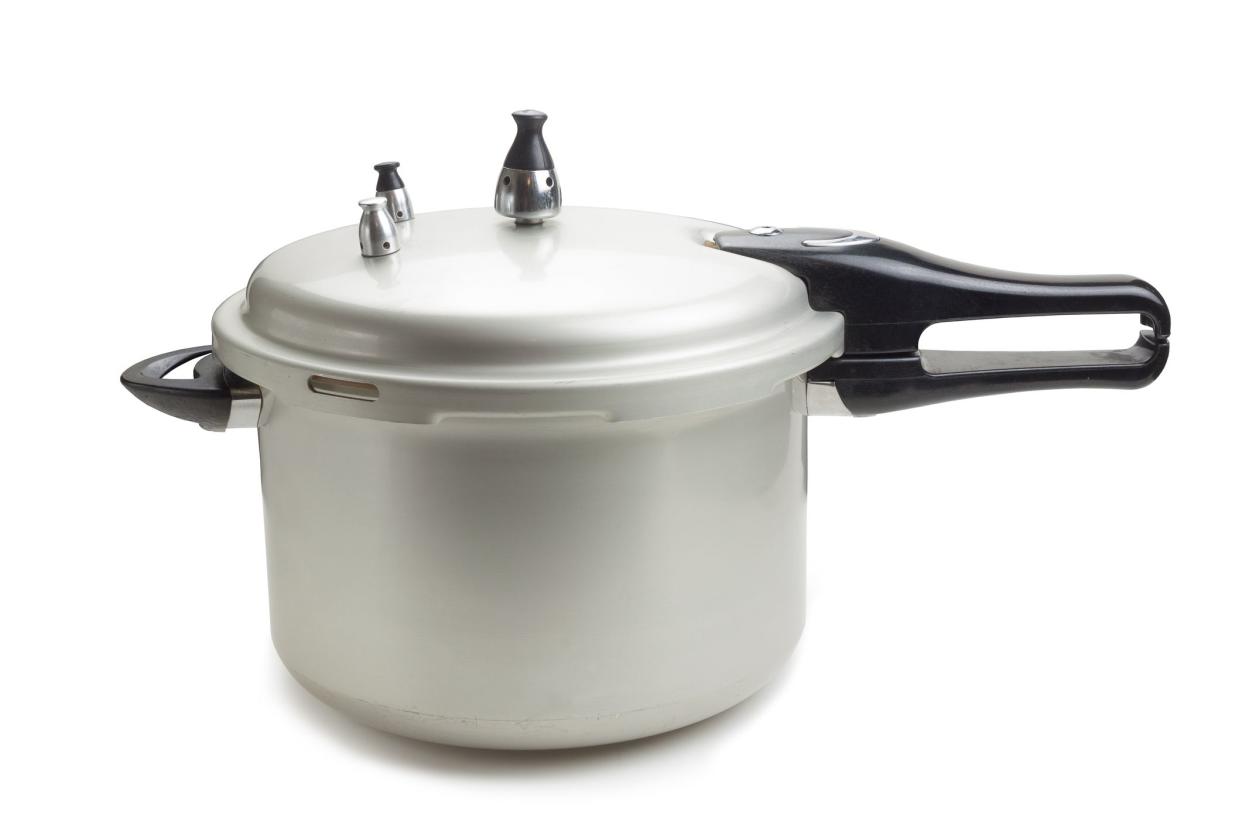
58. Pressure Cooker
Unless you're competing on a reality cooking competition, you probably don't need one of these (and even then, they tend to explode on camera constantly). The rest of your kitchen equipment will probably be just fine, unless you really, really need to cook a pork loin in half the time you usually would.

59. Superfluous Pet Products
The American Pet Products Association estimates that Americans spent more than $95 billion on pets last year. Gimmicky clothes, luxury beds, feeding stations, and strollers may be fun indulgences, but paying for vet care and other necessary expenses adds enough to the household budget. Instead of expensive paraphernalia, spoil your pet with DIY toys.

60. Professional Groomer
Professional grooming is a luxury — for pets and owners. Instead, check out the many YouTube videos that provide instruction on everything from proper bathing to trimming nails. For breeds with constant hair growth, such as poodles and bichons, learning to do touch-ups on the face or paws between professional grooming sessions can save big bucks.
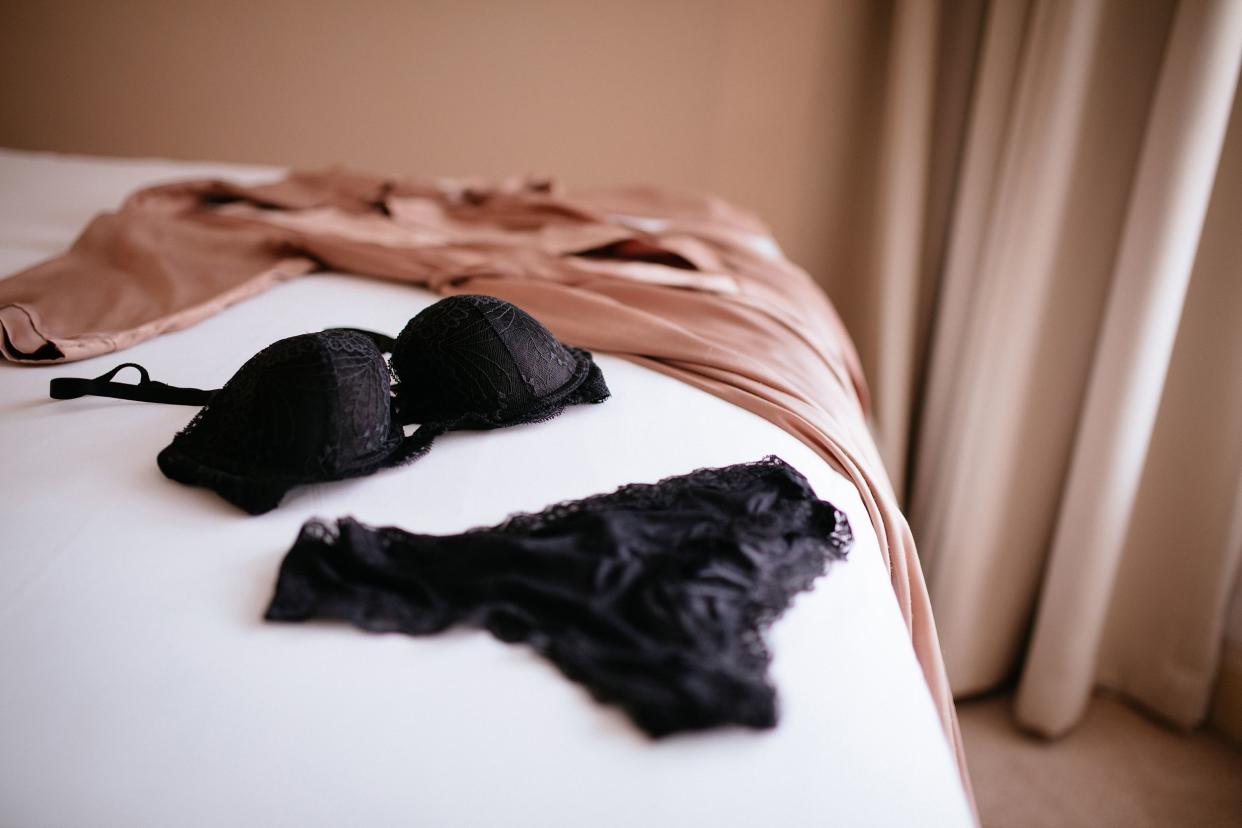
61. Fancy Underwear
It's important to feel comfortable and confident in your clothes, undergarments included, but spending lavishly for a pair of underwear is unnecessary. Invest instead in health and exercise to feel good in anything, such as cute, basic cotton underwear options for men and women.

62. Holiday Decorations
Instead of buying new holiday decorations annually, use what's around the house to make your own. DIY decorations can be a fun family activity and help declutter the house by repurposing materials.
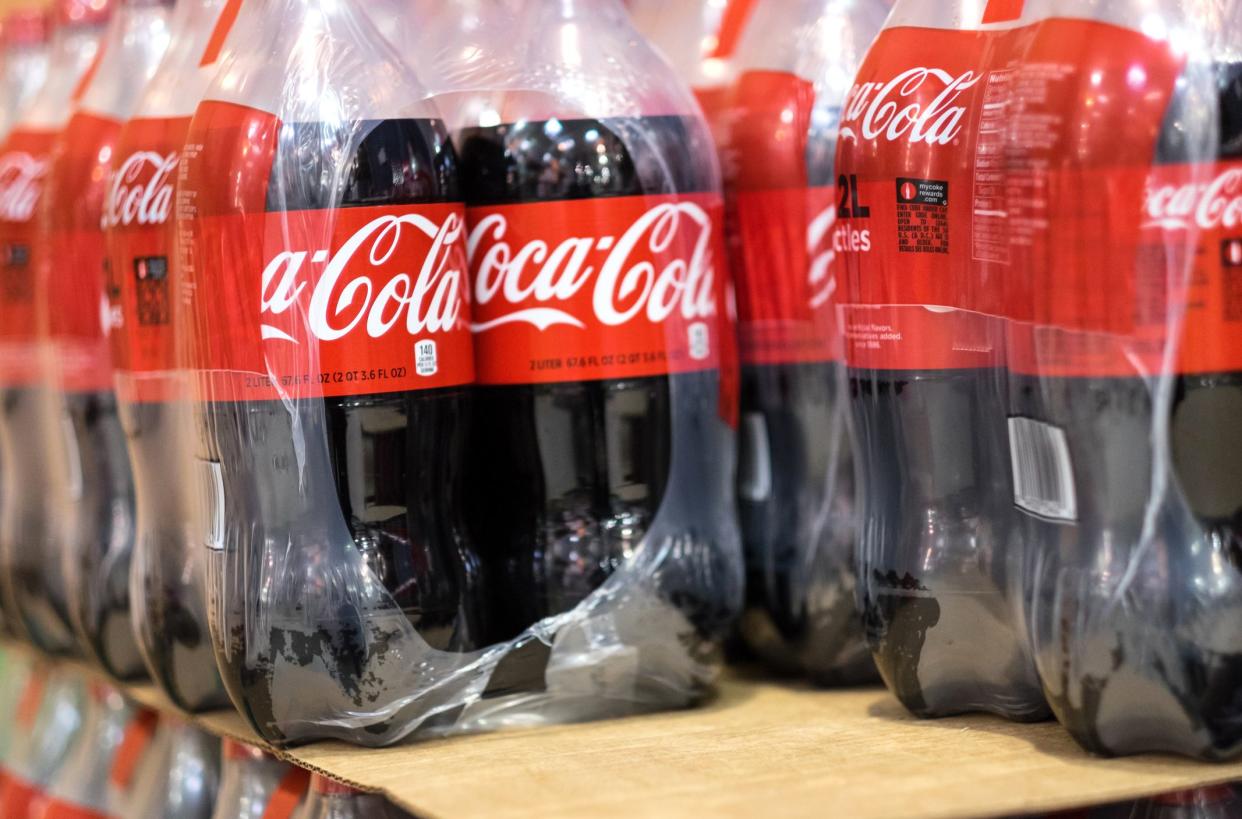
63. Carbonated Beverages
Buying carbonated beverages from soda to seltzer is expensive and encourages companies to keep making plastic bottles, which are unhealthy for the environment. A SodaStream machine (about $100 on Amazon) makes customized carbonated water without the overhead of a new bottle every time, which saves in the long run.
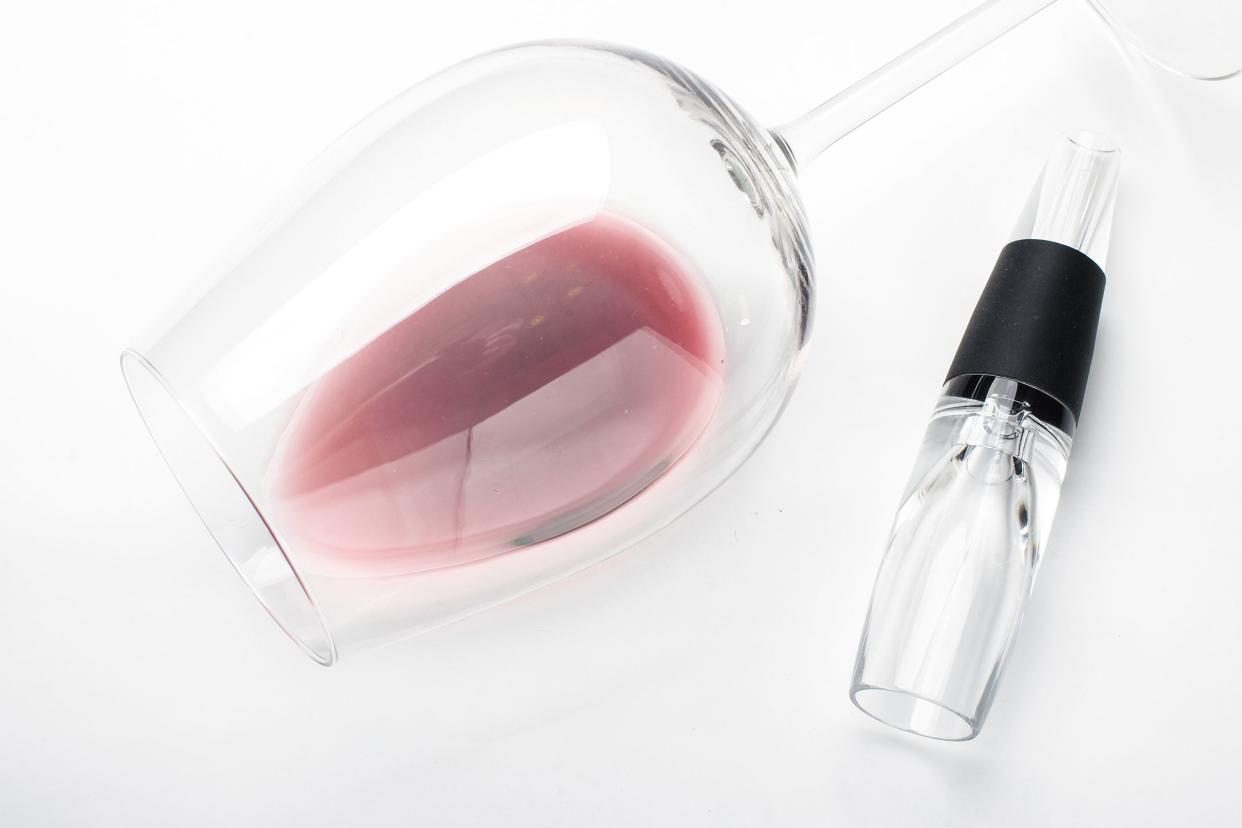
64. Wine Gadgets
While aerators and decanters look cool and may be needed by a oenophile, they are unnecessary. Aerate wine by swirling the glass or pouring wine between two glasses a few times. A mason jar works just as well as a decanter and has a modern edge.
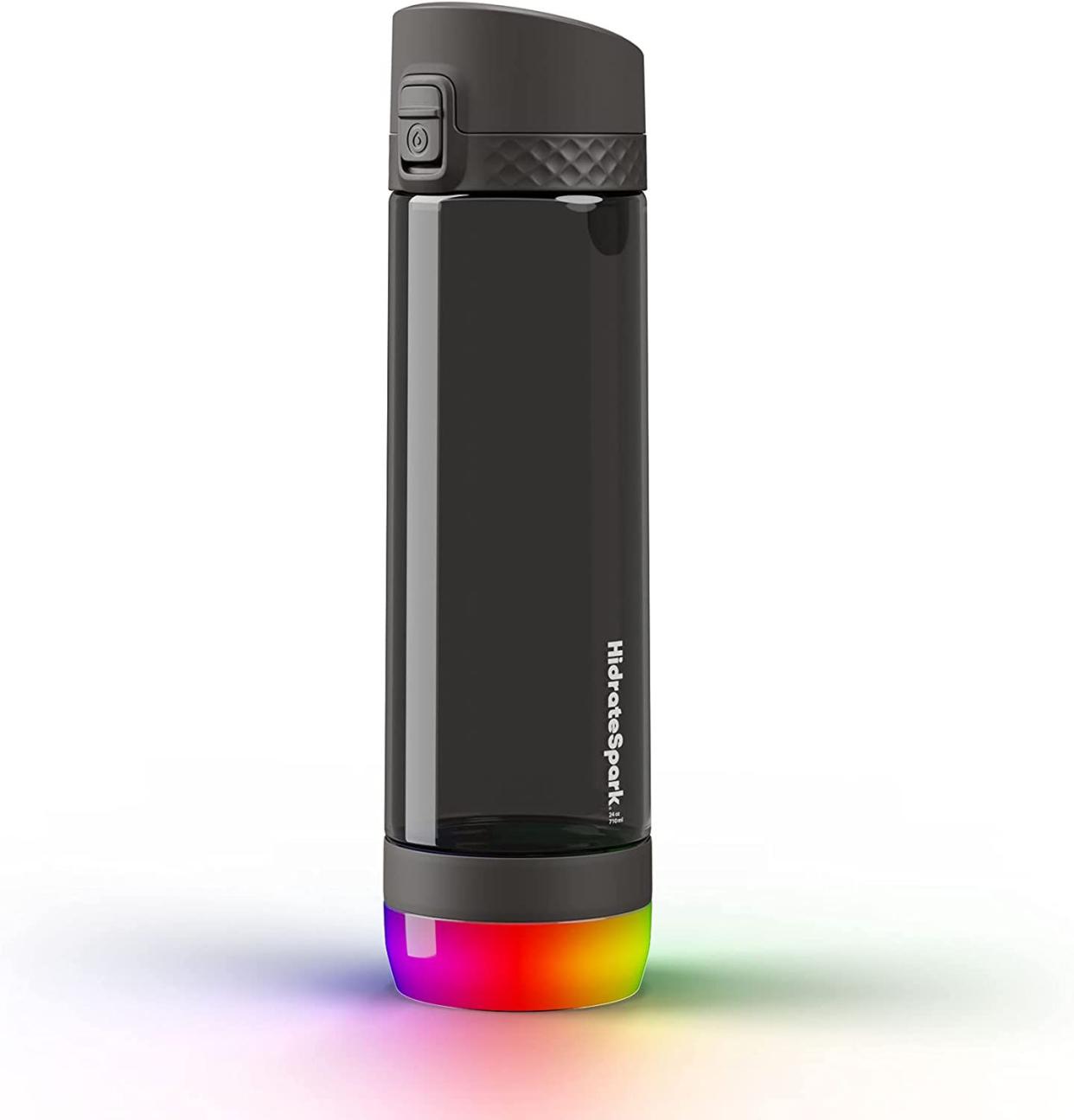
65. Smart Water Bottle
Smart water bottles have to be one of the more inexplicable smart innovations to reach the masses. The Hidrate Spark 2.0 (70 bucks) aims to keep you ultra-hydrated, automatically tracking your water intake and syncing the data to assorted fitness apps. Of course, the same apps have places where you can (gasp) manually record water intake, but what fun would that be?

66. Flower Vases
Fresh (or fake) flowers, not the vase they go in, should be the star of the show. Repurpose an old large jar or wine bottle to display their beauty and create a rustic, chic look for free.
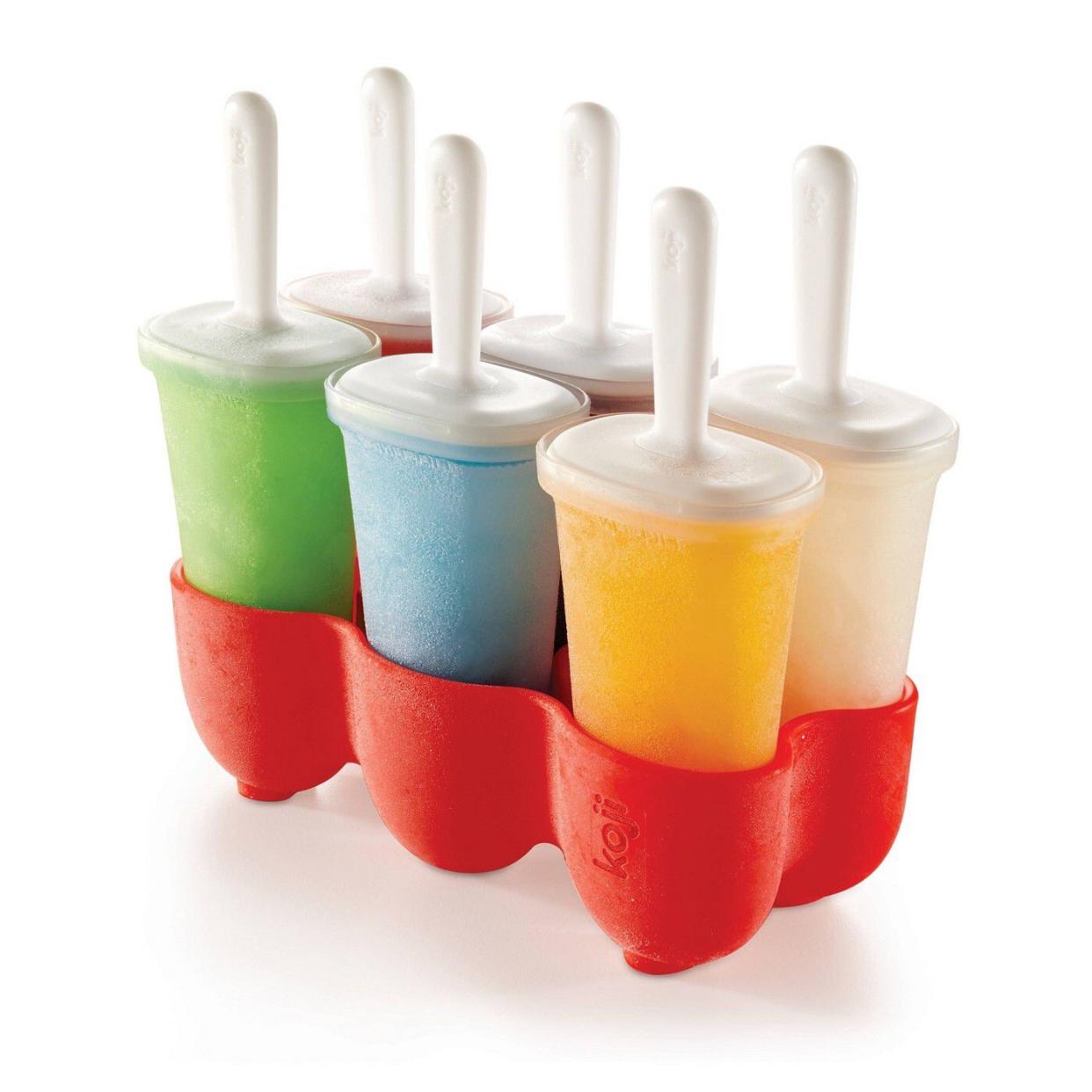
67. Popsicles
Making popsicles is healthier and way more fun than buying at the store, and saves money. A low-cost popsicle mold set ($13 from Target) allows for limitless customized creations.
Related: 13 Cheap Healthy Homemade Snacks

68. Organic Citrus
Some foods are more important to buy organic than others. The Environmental Working Group maintains a "Dirty Dozen" list of foods with the highest concentration of pesticide residue. Citrus are often among the "Clean Fifteen" — low-priority for those concerned with chemicals, unless they plan to cook with the rind.
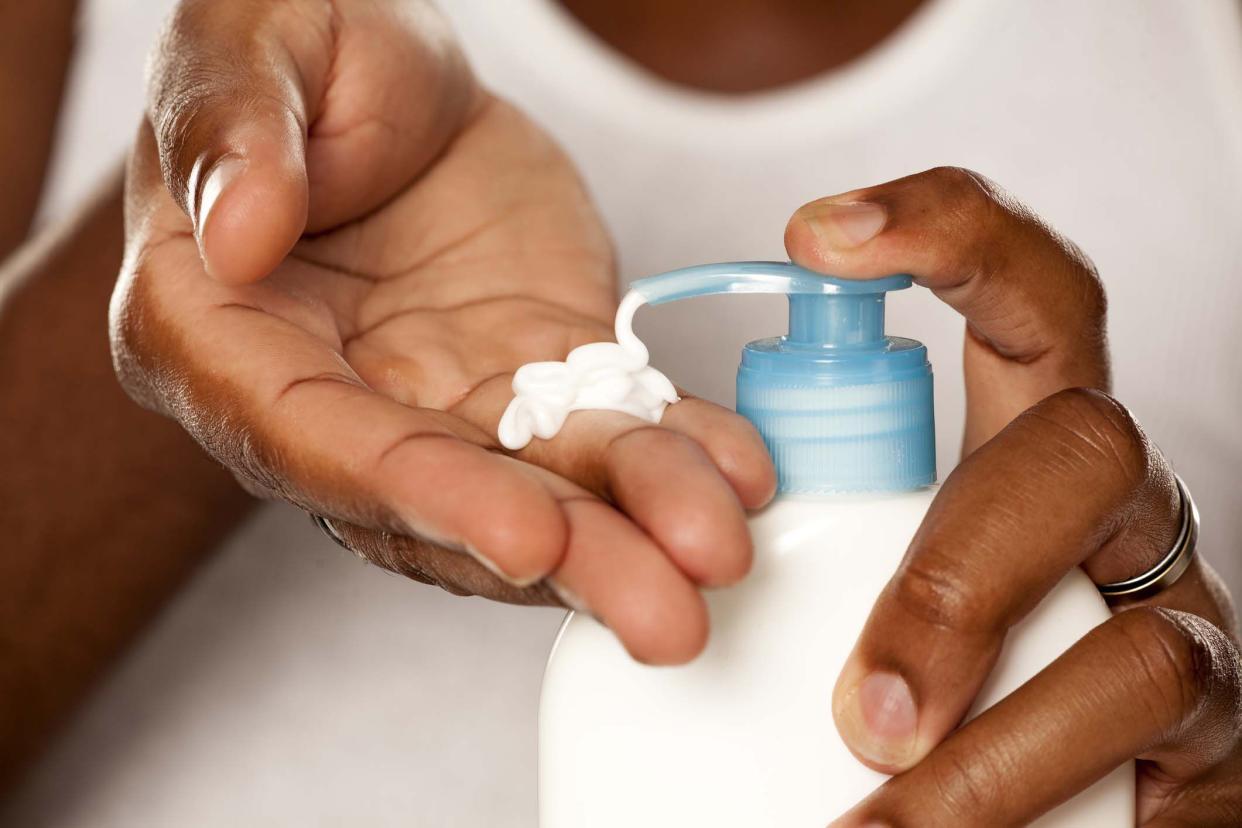
69. Body Lotion
Paying for body lotion with added chemicals and scents is unnecessary when natural oils such as almond, olive, and coconut work just as well, if not better. Sites such as Wellness Mama have recipes for homemade lotion.
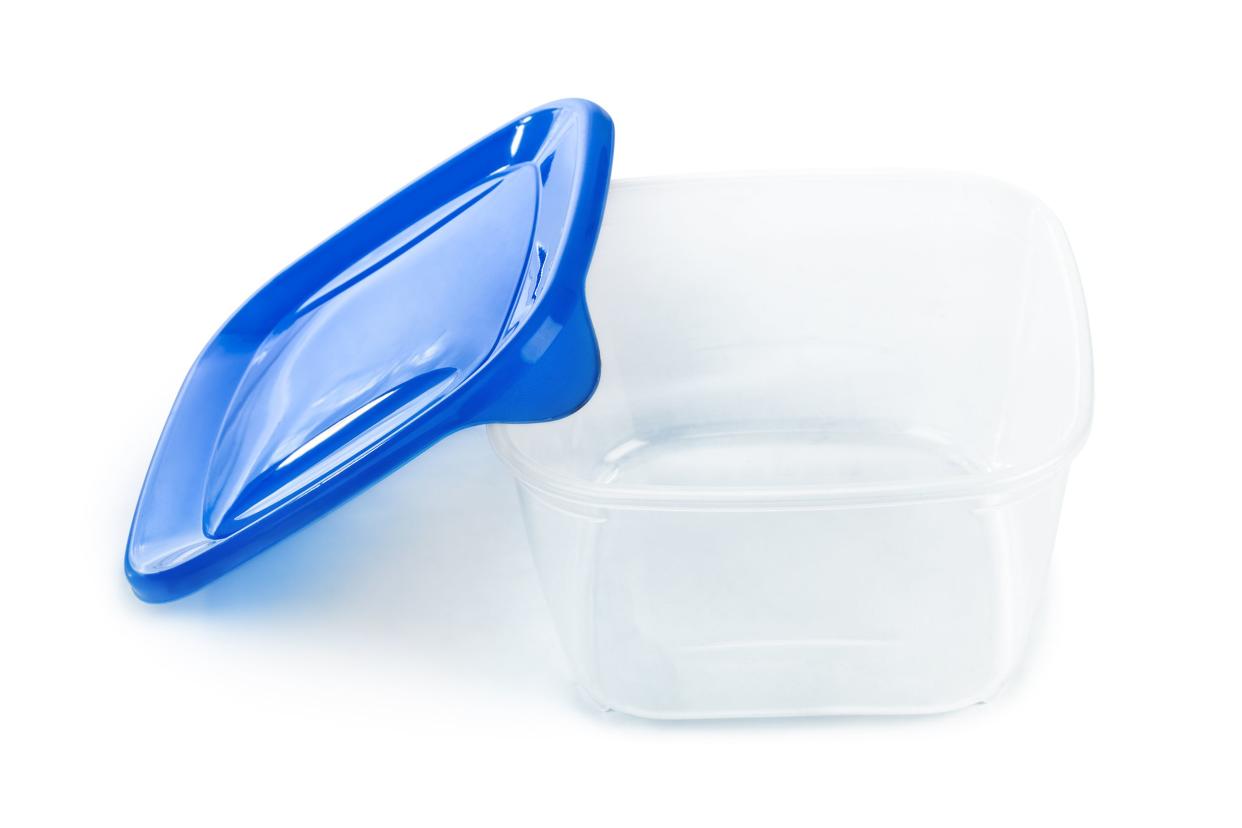
70. Plastic Food-Storage Containers
It makes no sense to spend money on containers designed to be thrown away, especially for people sensitive to health fears about chemicals in plastic. Invest in a low-cost and high-quality set of oven-, dishwasher-, and microwave-safe glass containers with plastic lids from Pyrex (on sale for $90 at Macy's).
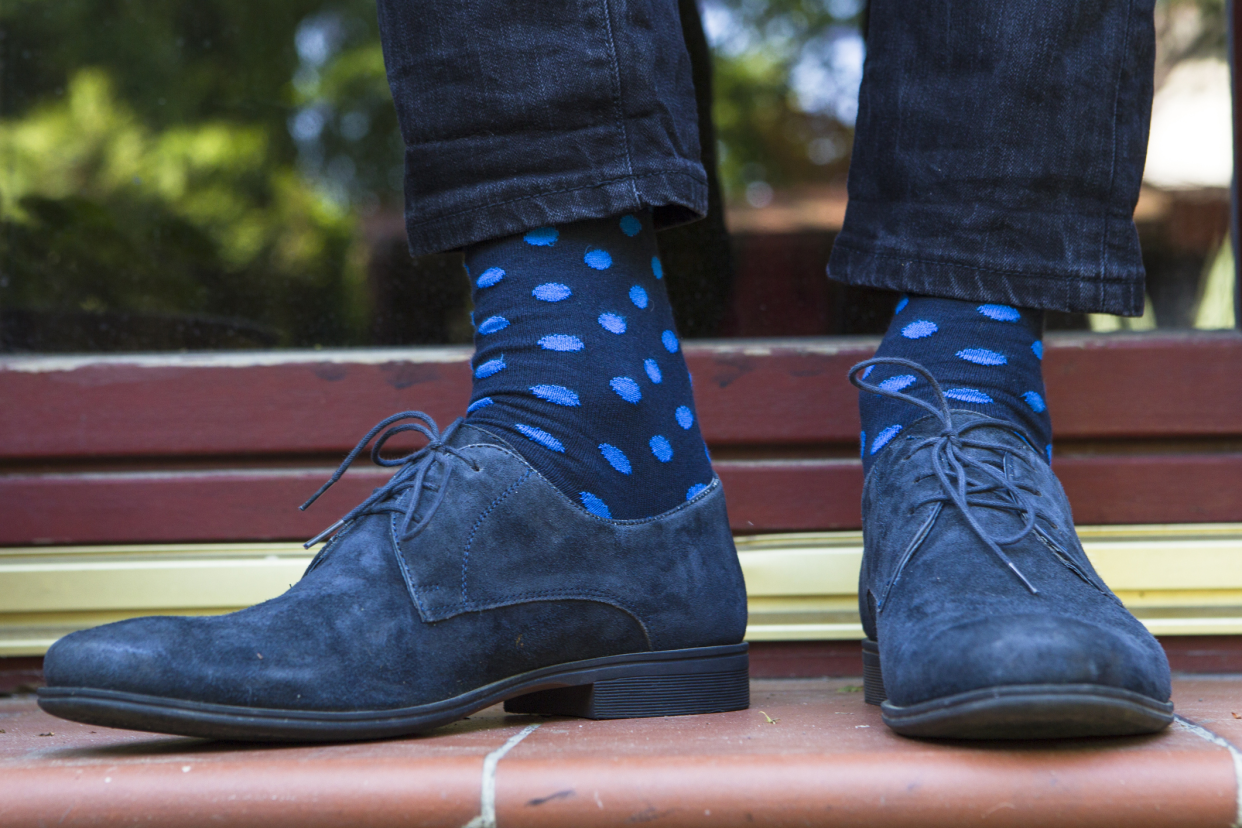
71. Suede Shoes
Yes, suede shoes can be gorgeous and fun, but they're so impractical. Because delicate suede will get ruined if exposed to the elements, suede shoes either end up in the garbage quickly or sit in a closet, too precious to be worn.

72. Fine Art
The cost of art can be astronomical, and an art collection tends to be a sign of wealth more than taste. For paintings or frames, check out local thrift shops — or frame and display something made by a loved one, which comes with priceless sentimental value.

73. A Big Home
We are told that bigger is better. In reality, it could just be more expensive. On top of the initial purchase price, living in a bigger home means higher costs to keep it temperature controlled and more effort, time, and money to keep it clean and functioning. Stick to space that's actually needed.
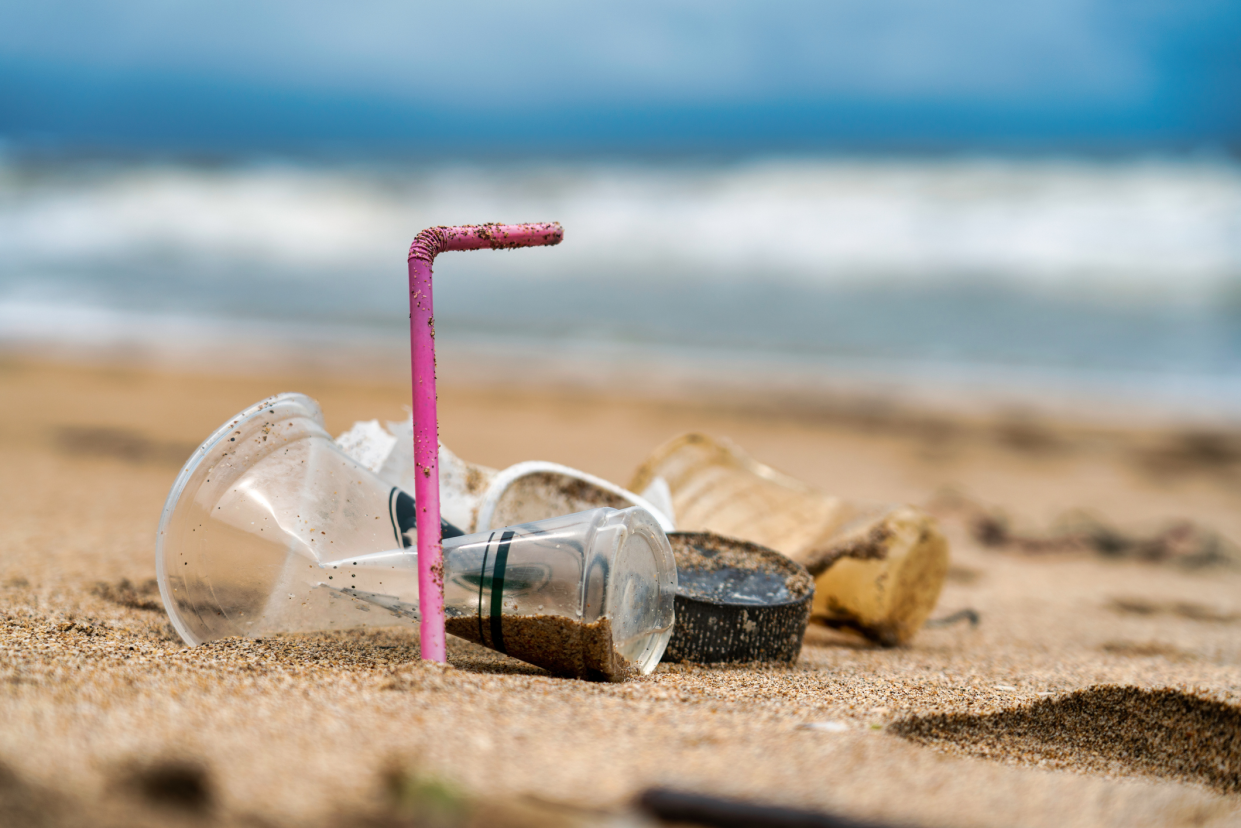
74. Disposable Straws
Sure, they're cheap, but when an entire family is constantly using and replacing disposable straws, the expense and environmental impact add up. Nonprofit recycler Eco-Cycle estimates that Americans use and trash 500 million plastic straws every day, and the movement against plastic straws in coffee shops and eateries surged in 2018, with many businesses moving to paper versions. But reusable straws, a one-time purchase that lasts, cost about $1 to $2 each.

75. New Furniture
Most low-priced new furniture is also very low quality, which means it will soon have to be replaced, costing more money. It's best to buy high-quality furniture from thrift stores, which sell sturdy pieces for low prices.

76. Takeout and Prepared Food
Convenience is a big plus, but relying on takeout or prepackaged foods is still an avoidable expense. There are so many options for easy and quick homemade meals. Spend one day cooking larger portions so the family has food ready to go for a few days at a time.

77. International Vacations
Even though international travel is probably on few people's minds amid the coronavirus pandemic, it should also be remembered going forward that traveling abroad is inherently expensive due to the cost of plane tickets. There are many beautiful, interesting, and delicious destinations in the United States to explore without going overboard on a vacation you can't afford.
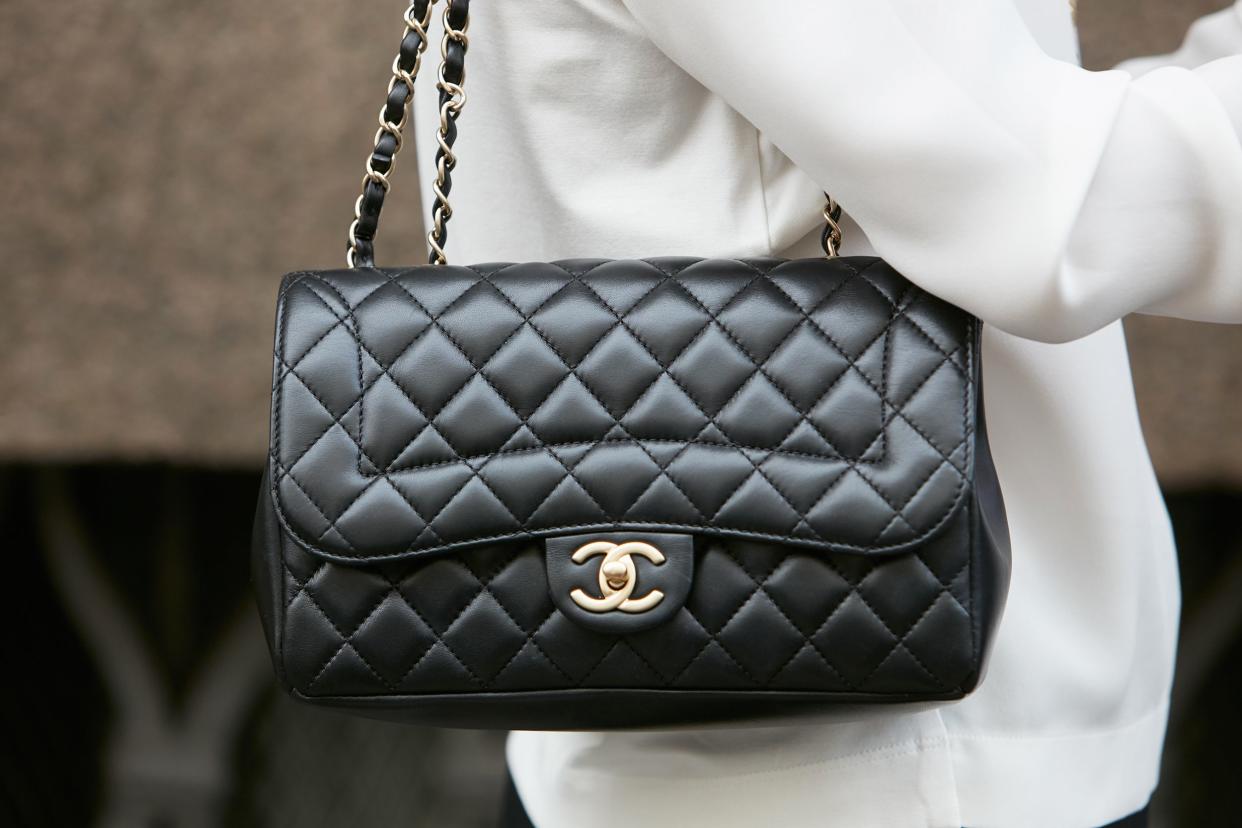
78. Designer Brands
Eschew high-fashion clothing labels that are gratuitously expensive and shop bargain brands for similar looks and styles.
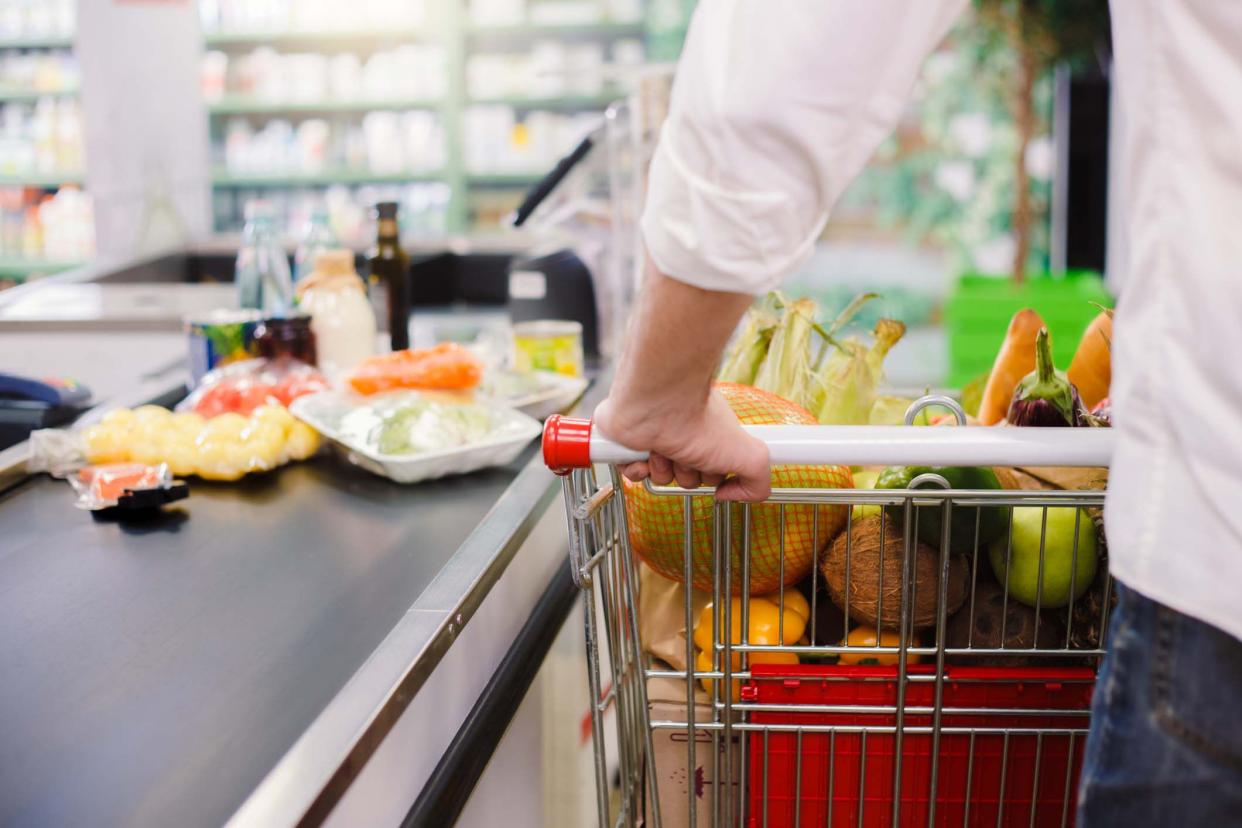
79. Full-Price Groceries
There is an art to grocery shopping and meal planning. Use sales to dictate shopping lists and weekly meal plans, rather than paying full price for food. Consumers who learn the sale cycles of local stores can adapt menus for maximum savings.
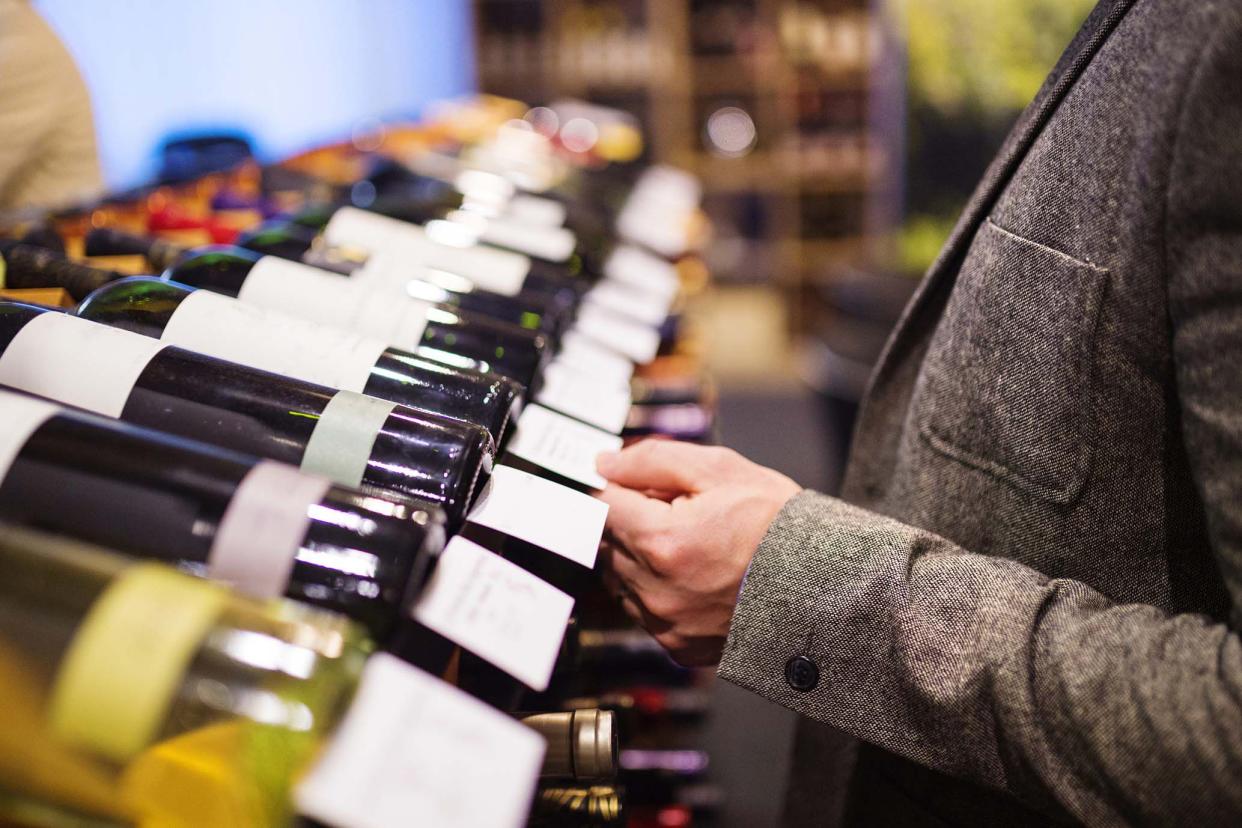
80. Expensive Wine
Good wine doesn't have to cost a lot. Build a relationship with a local wine shop, where the staff can learn your likes and dislikes and recommend bottles to suit your taste for $20 or less.
Related: Costco's Crazy Expensive Wine 'Deals' Include a $50,000 Wine Collection
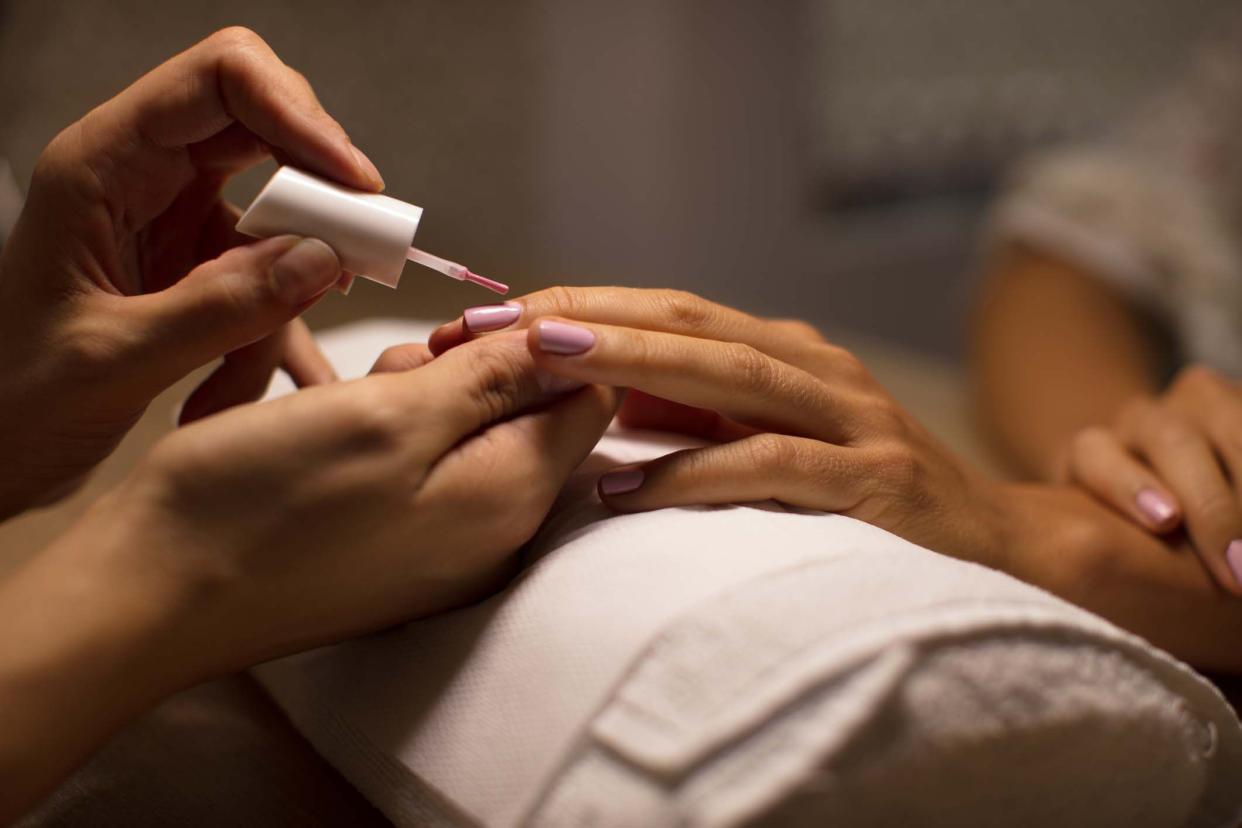
81. Manicures and Pedicures
Spa treatments can be justified as an indulgence for a special occasion, but mani-pedis are by no means a necessity. Buy a nail kit and make it a habit to do nails at home, or organize a fun home spa day with friends.
This article was originally published on Cheapism

More From Cheapism
Cheapest Oil Change: Jiffy Lube vs. Valvoline vs. Walmart and More
Cheap, Easy, Healthy: 9 Best Bang-for-Your-Buck Foods at Costco
Like Cheapism's content? Be sure to follow us.
